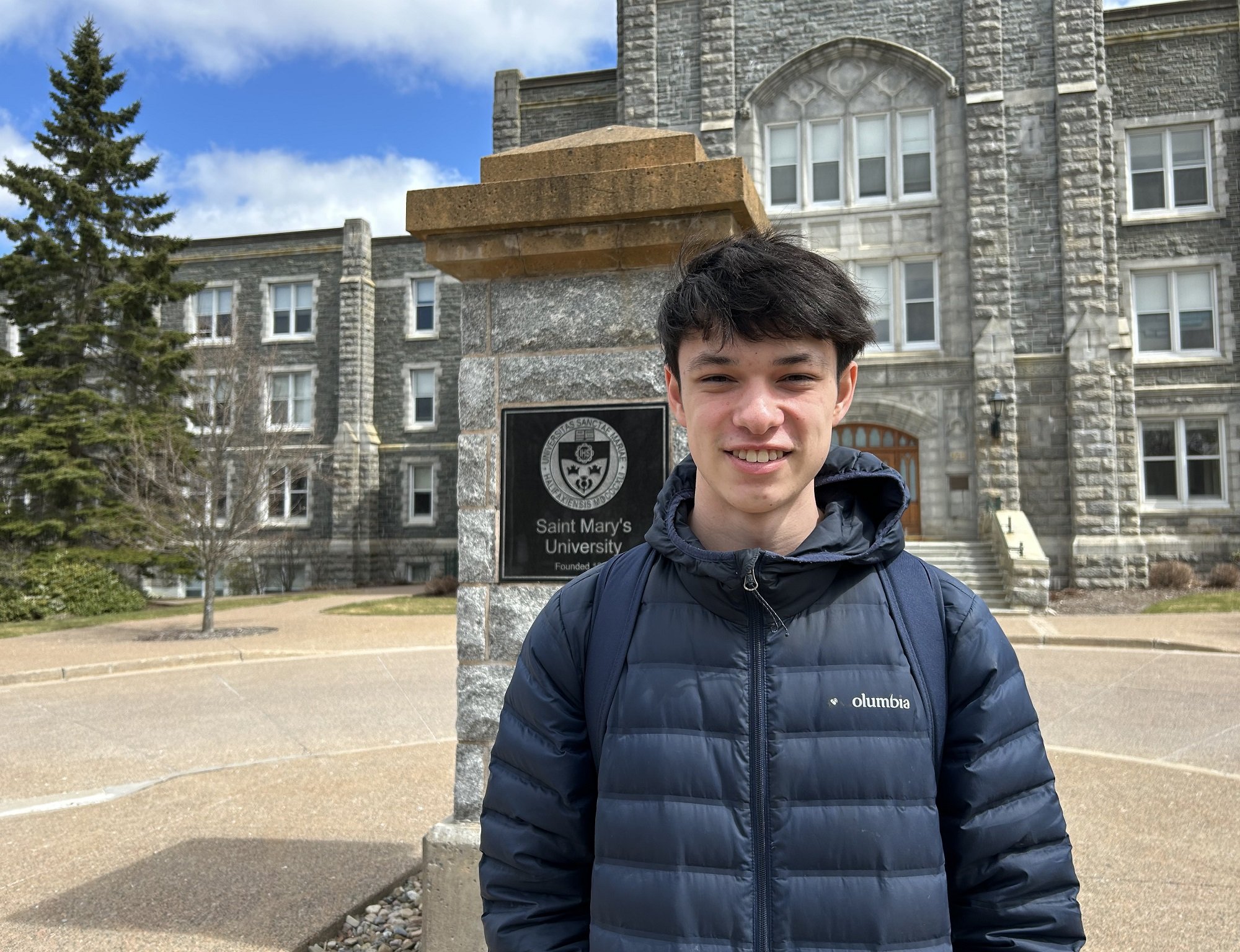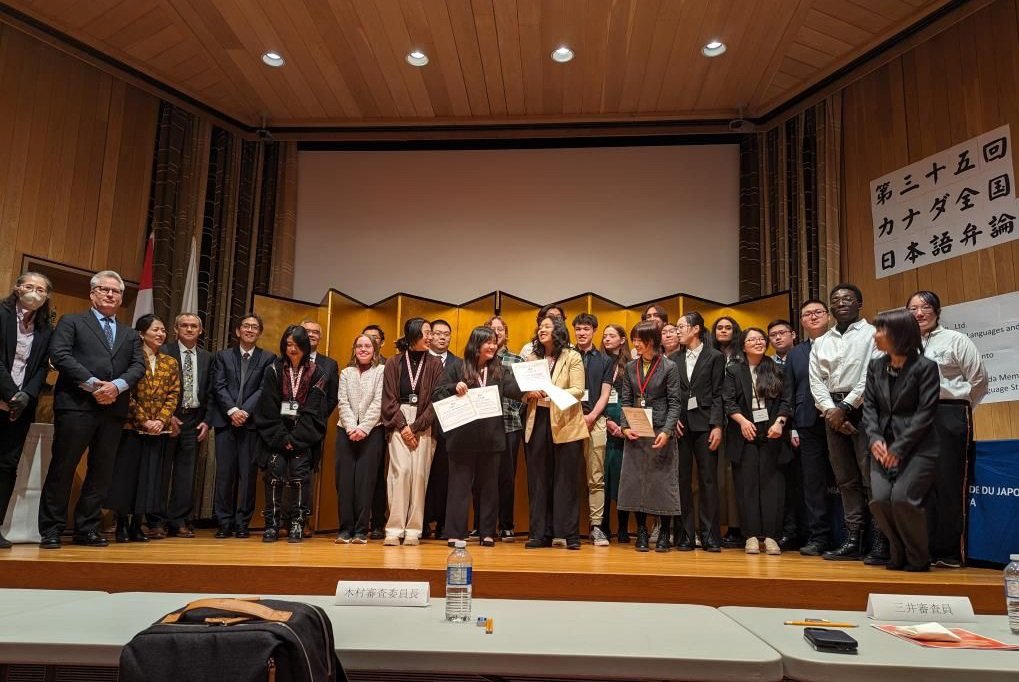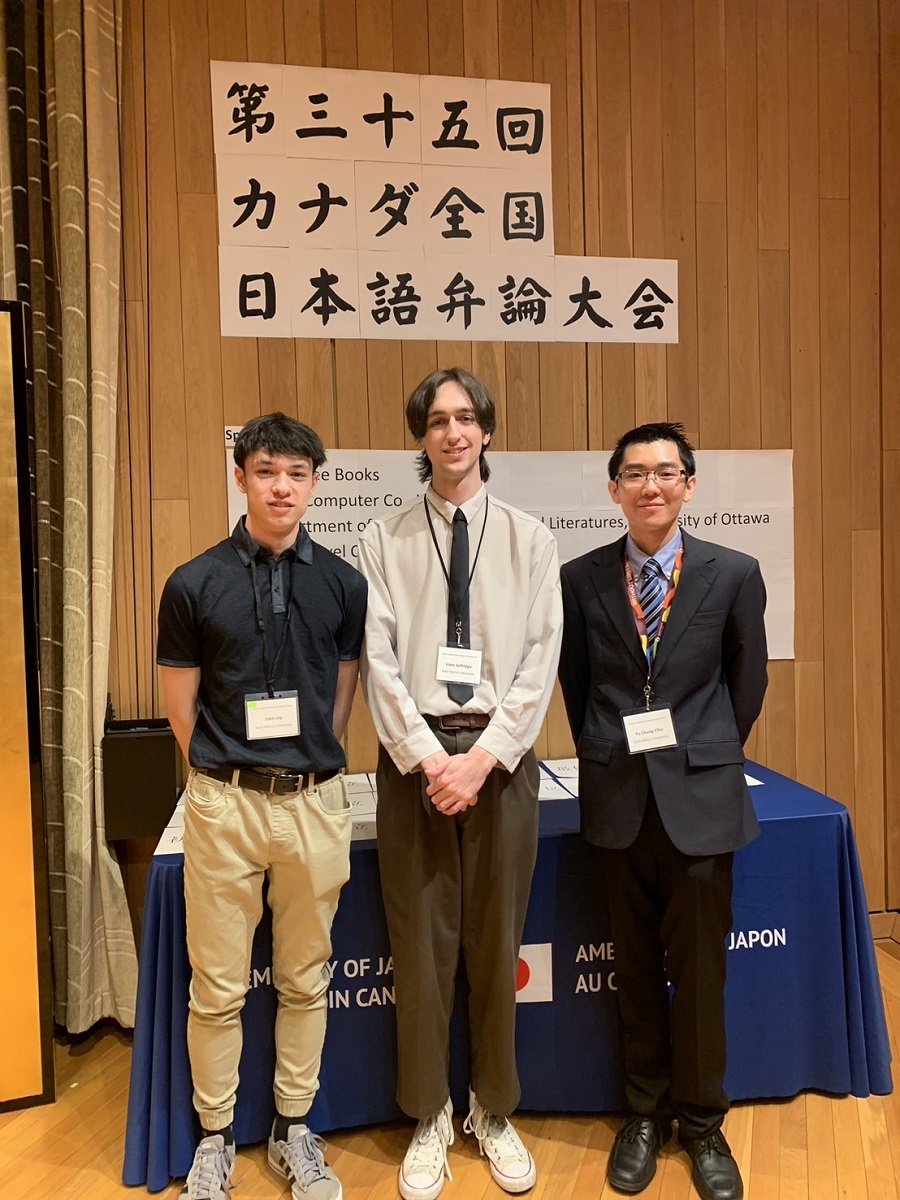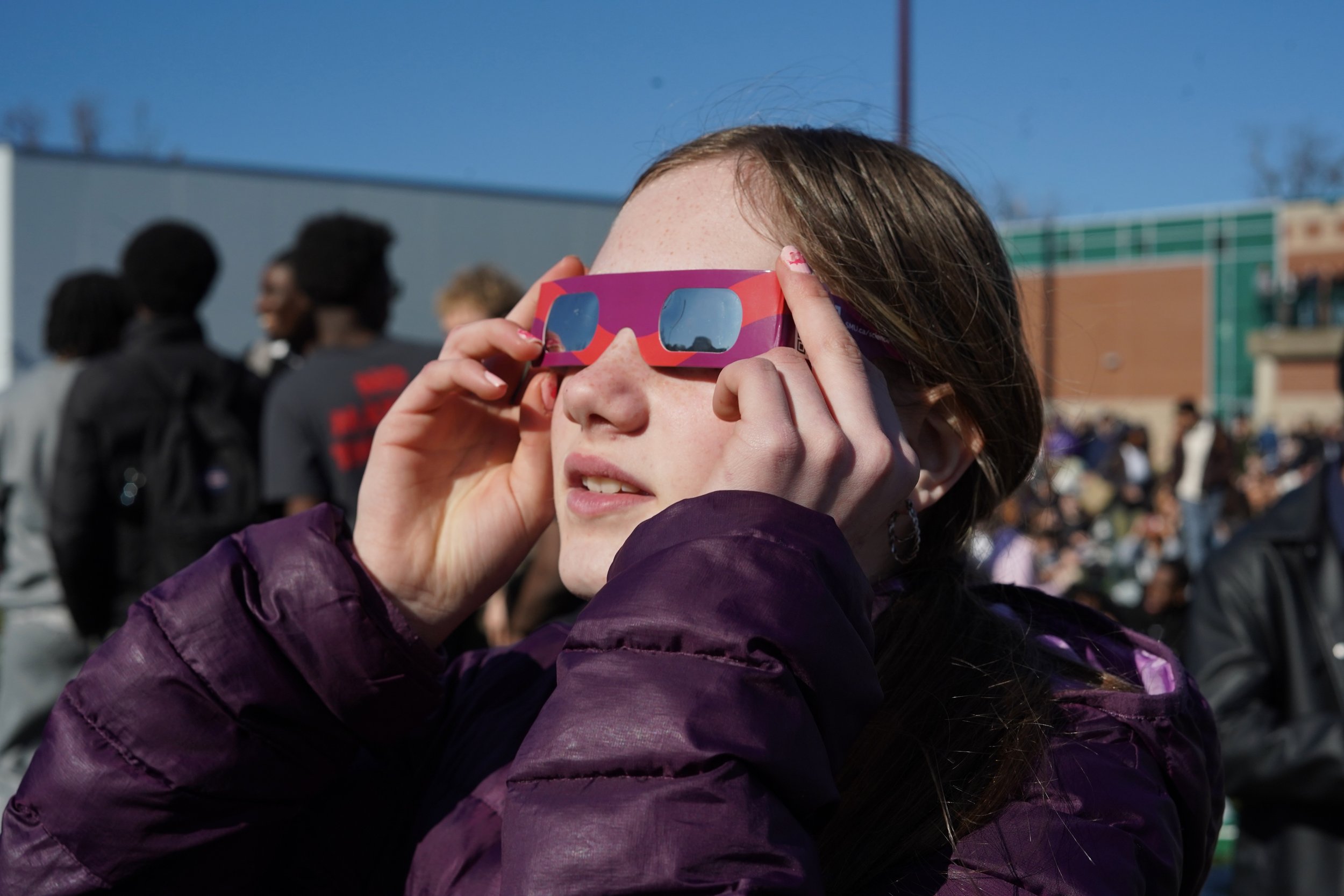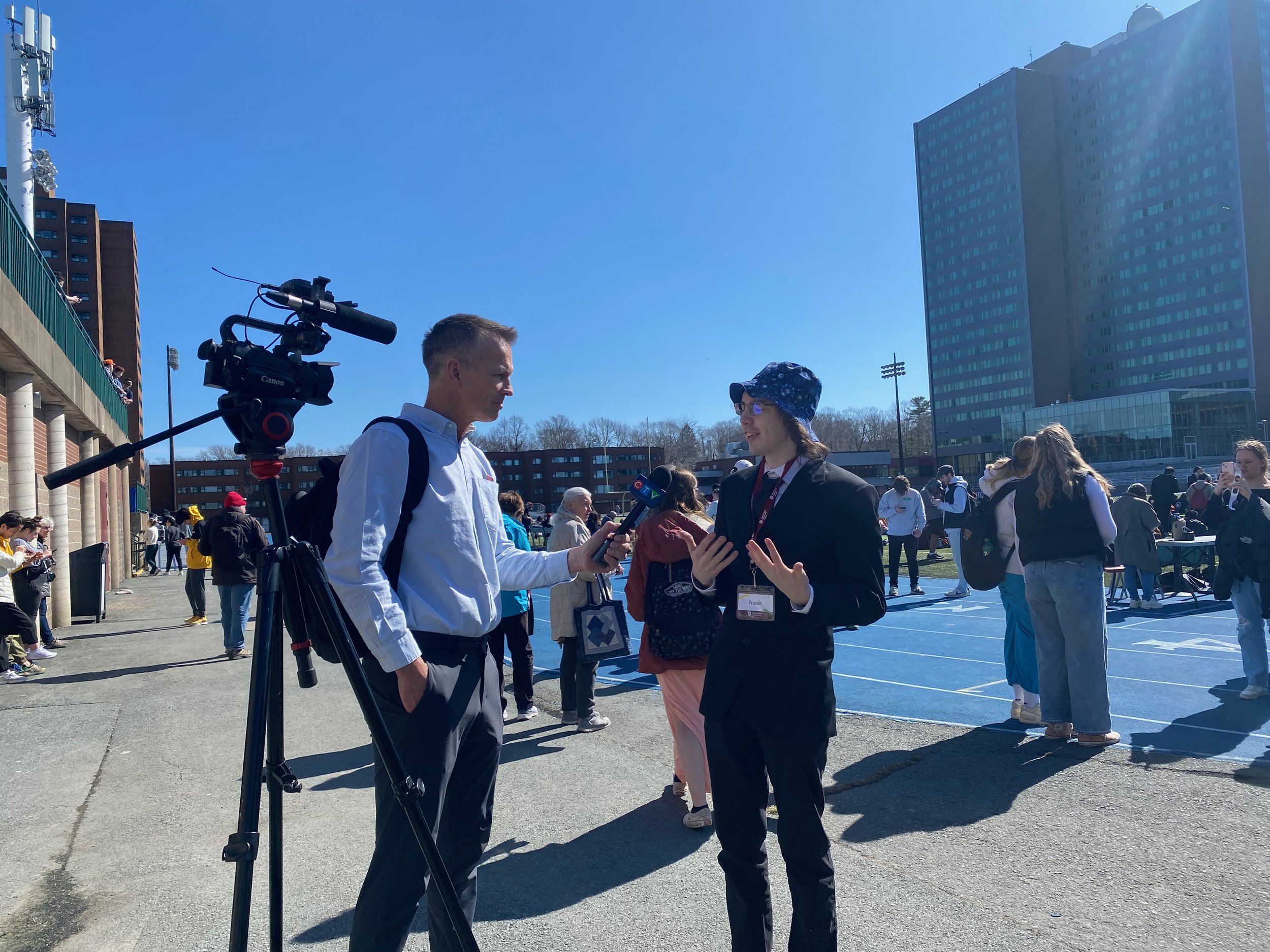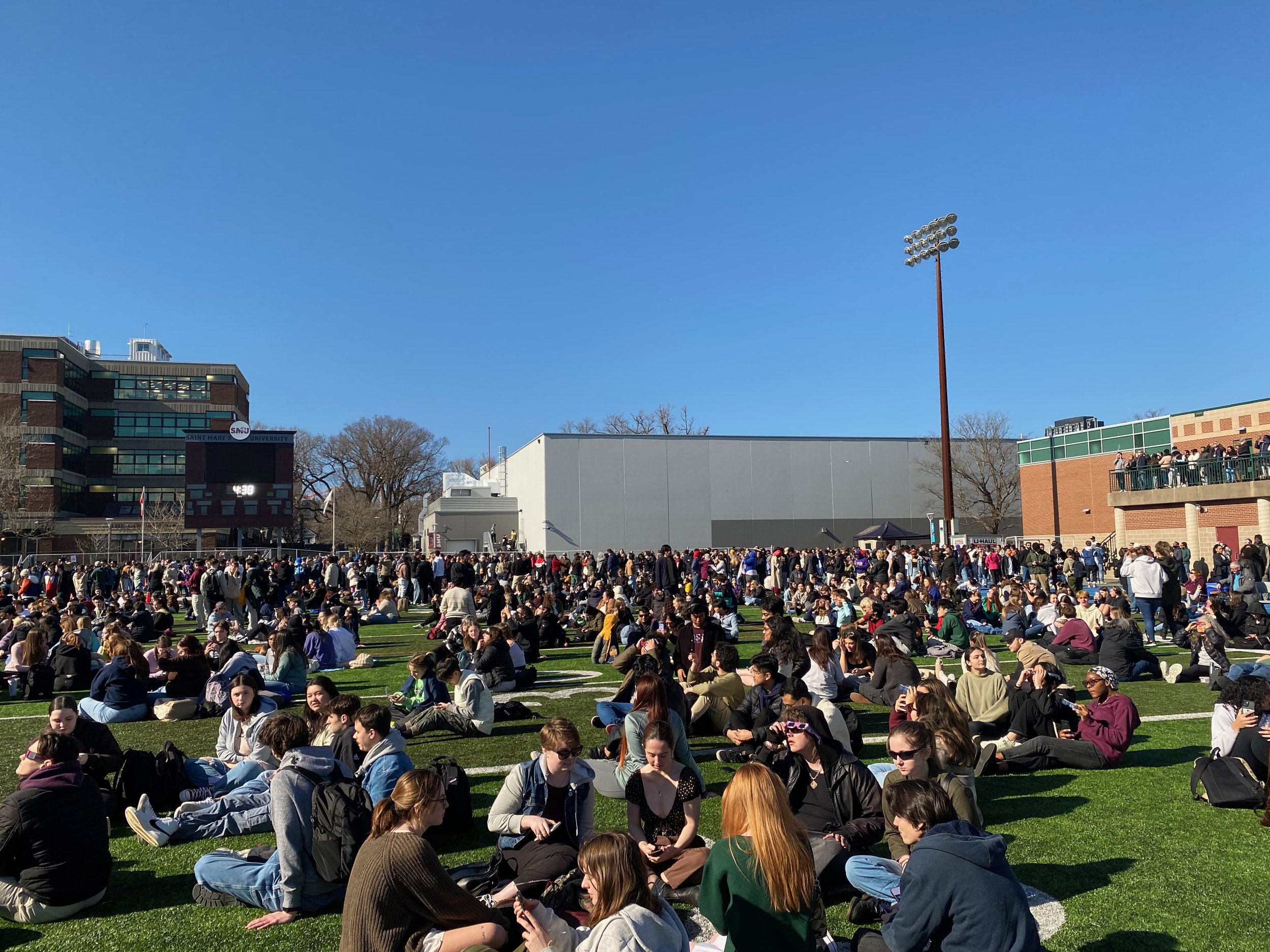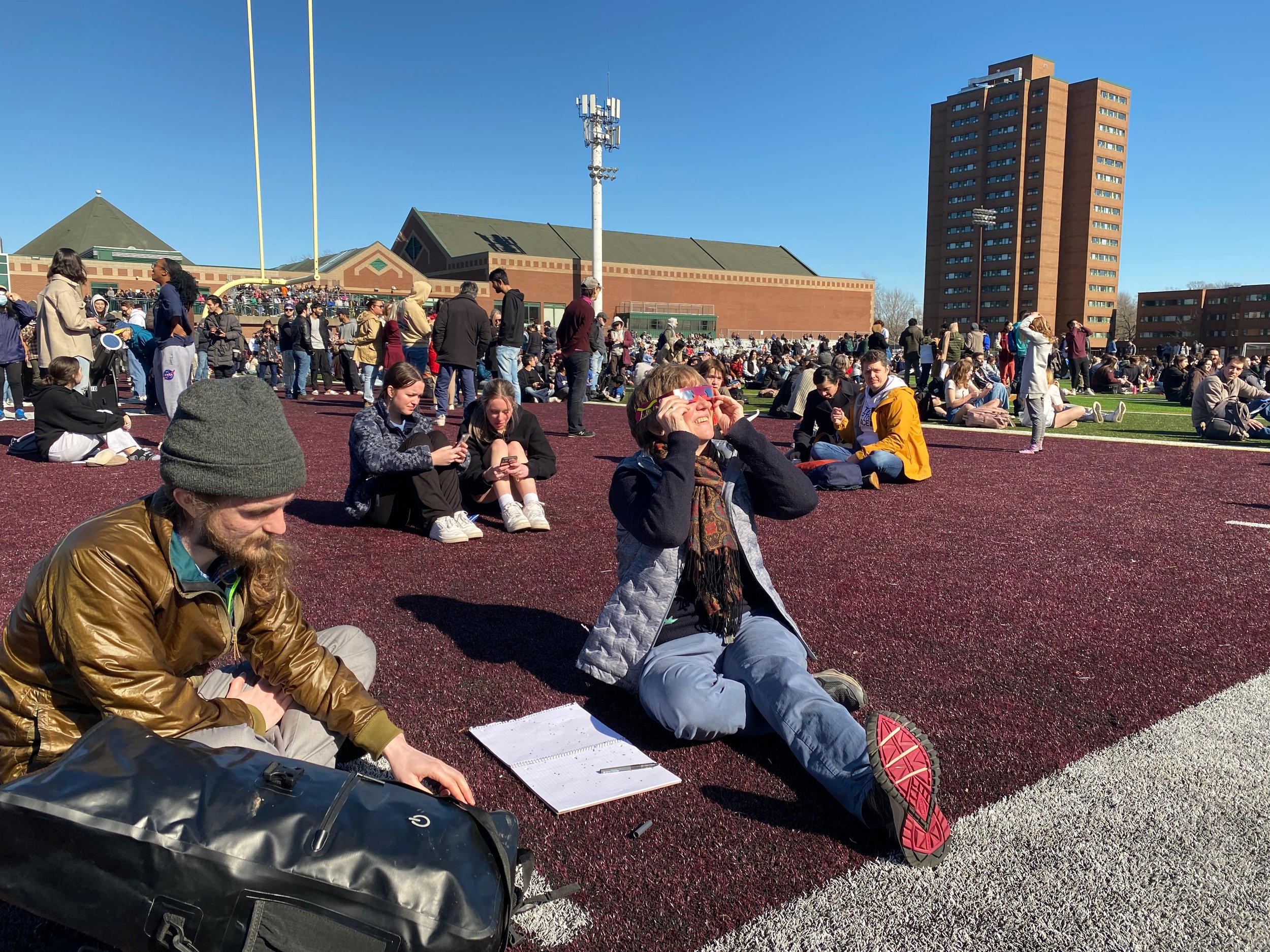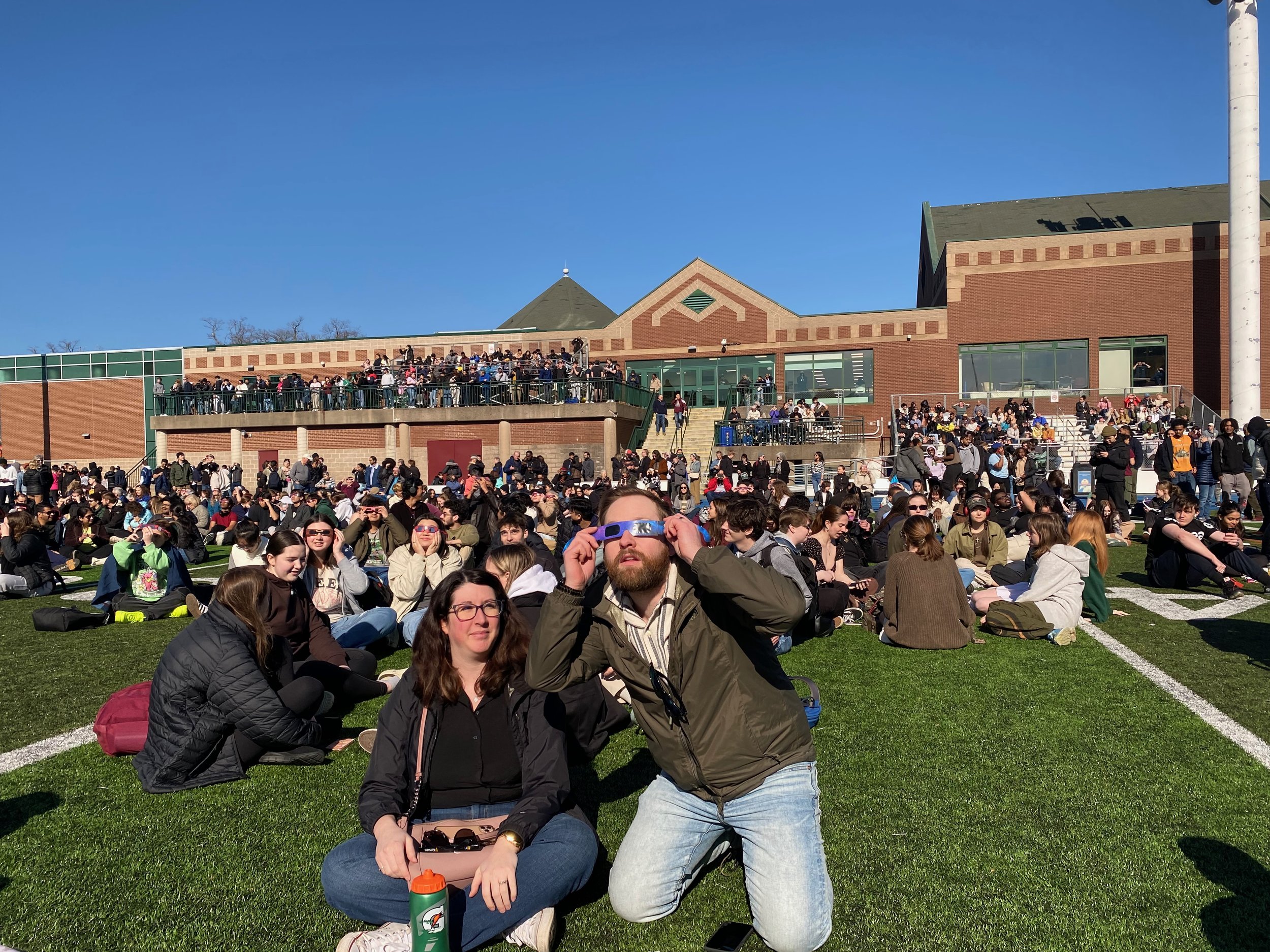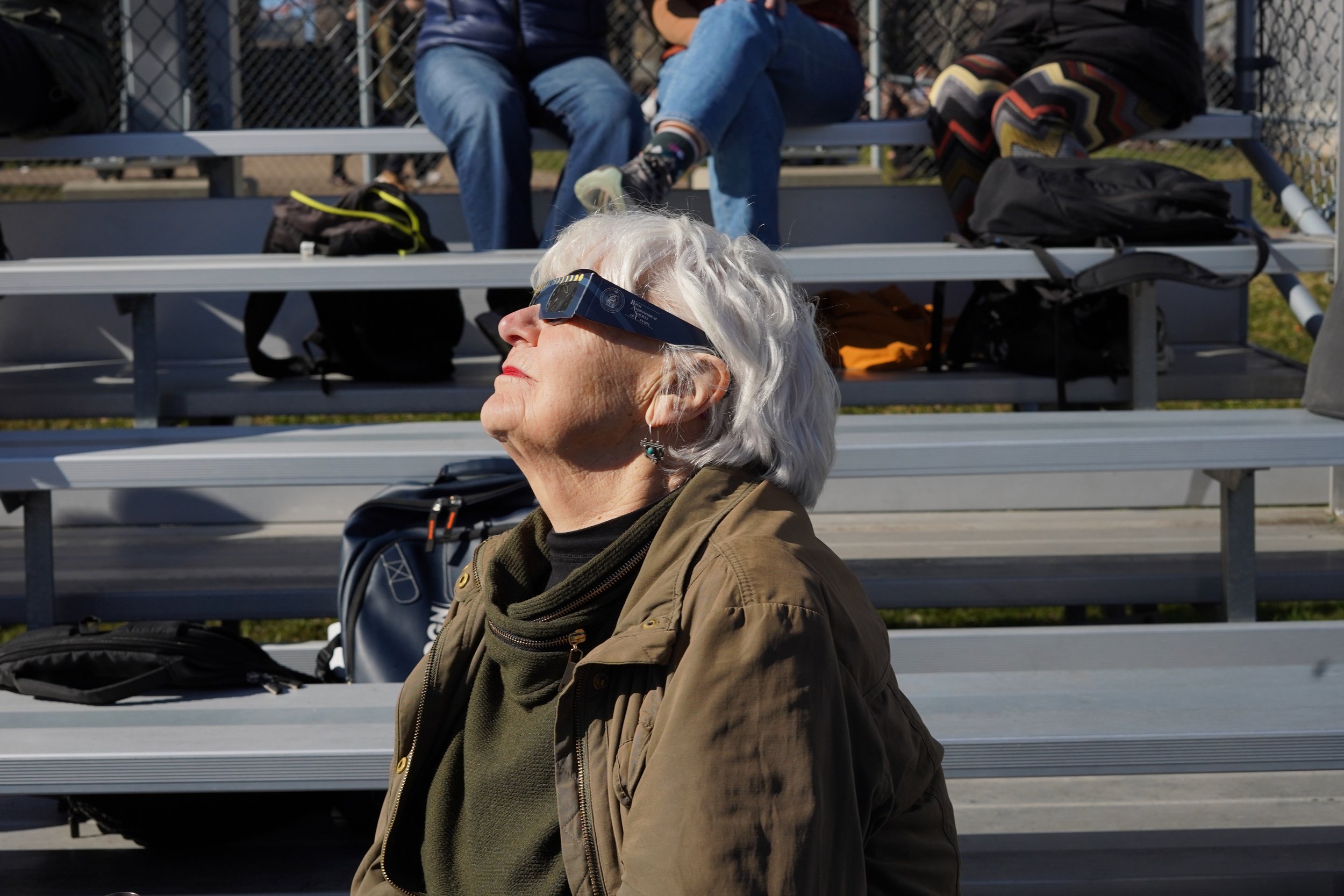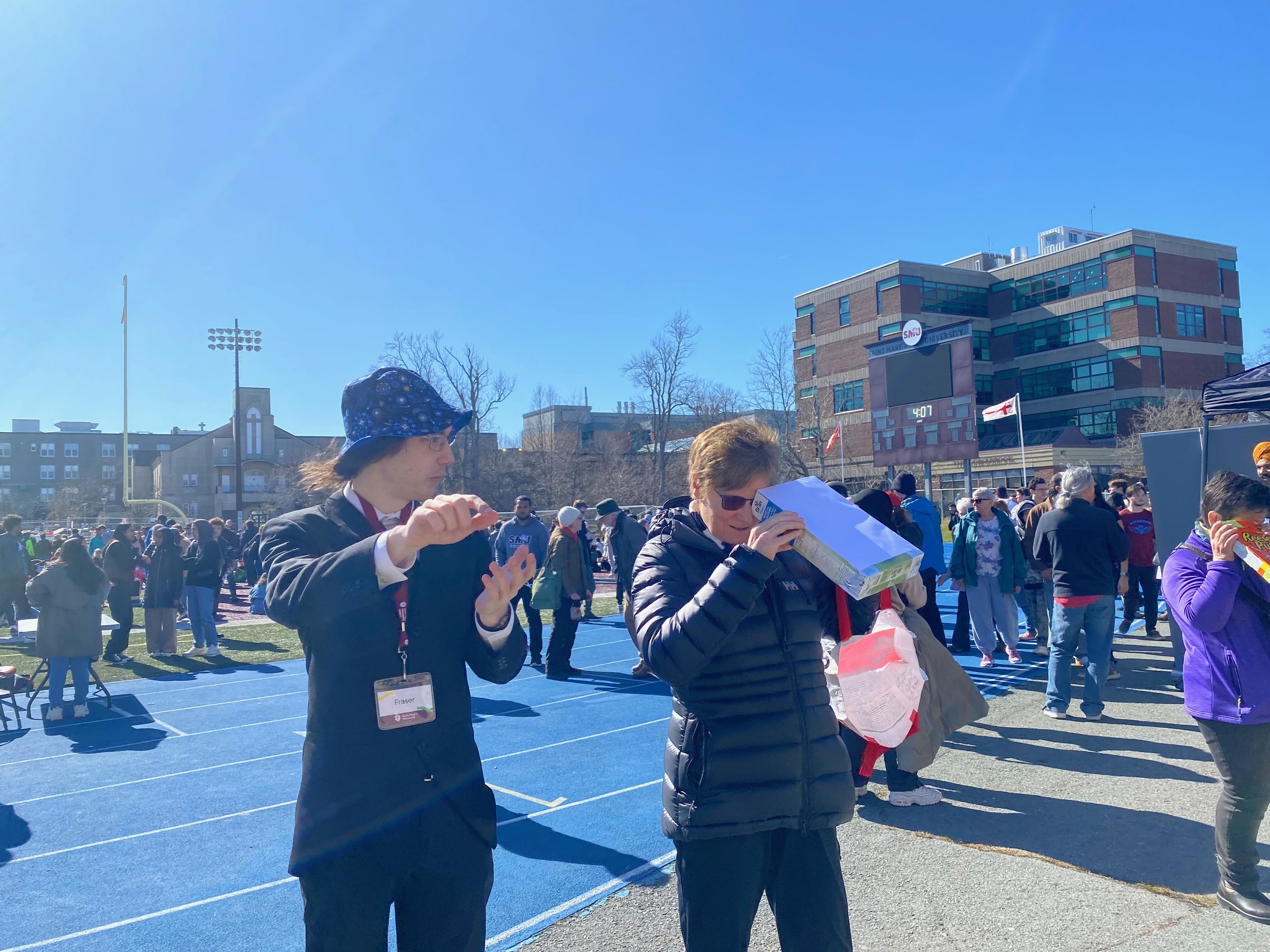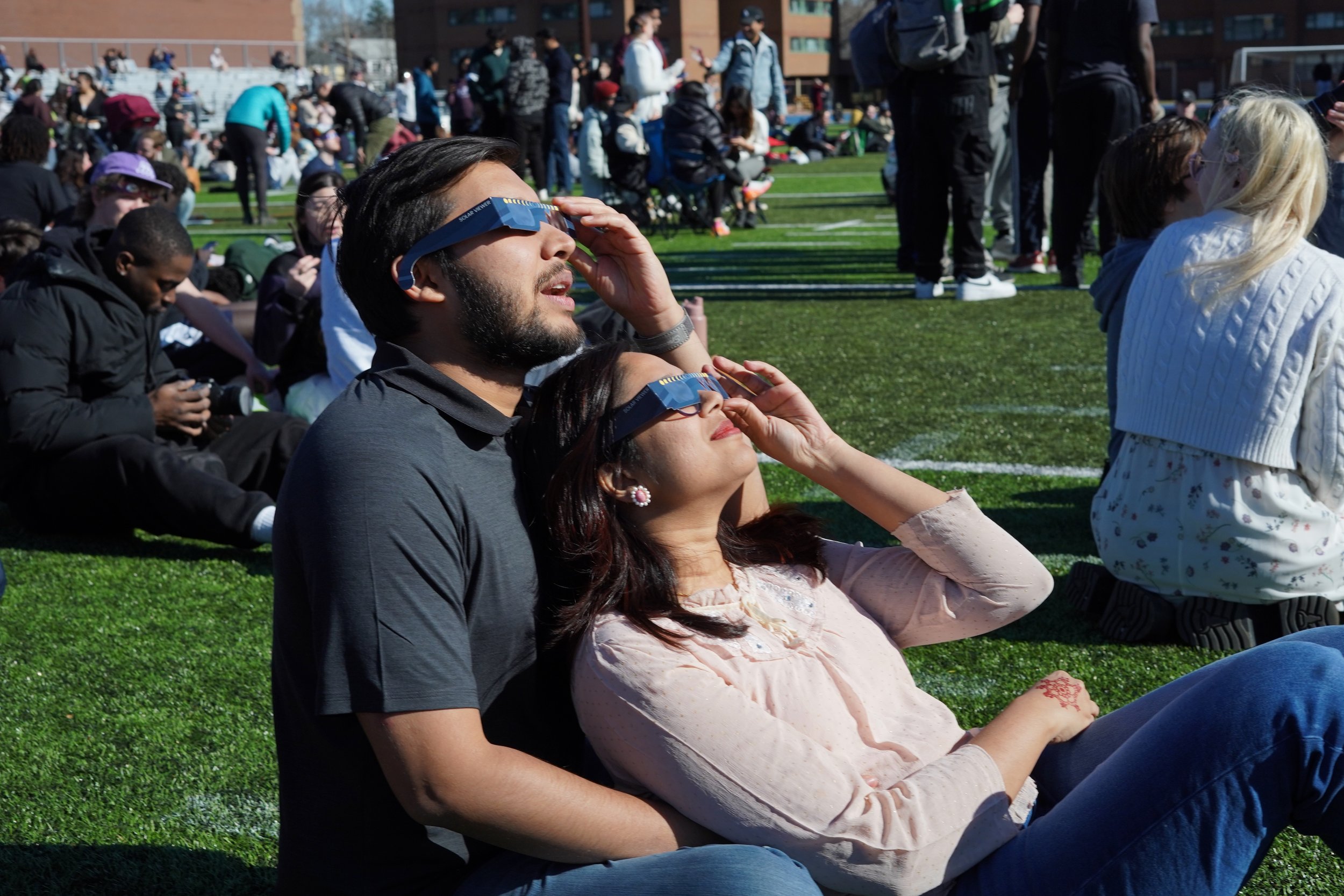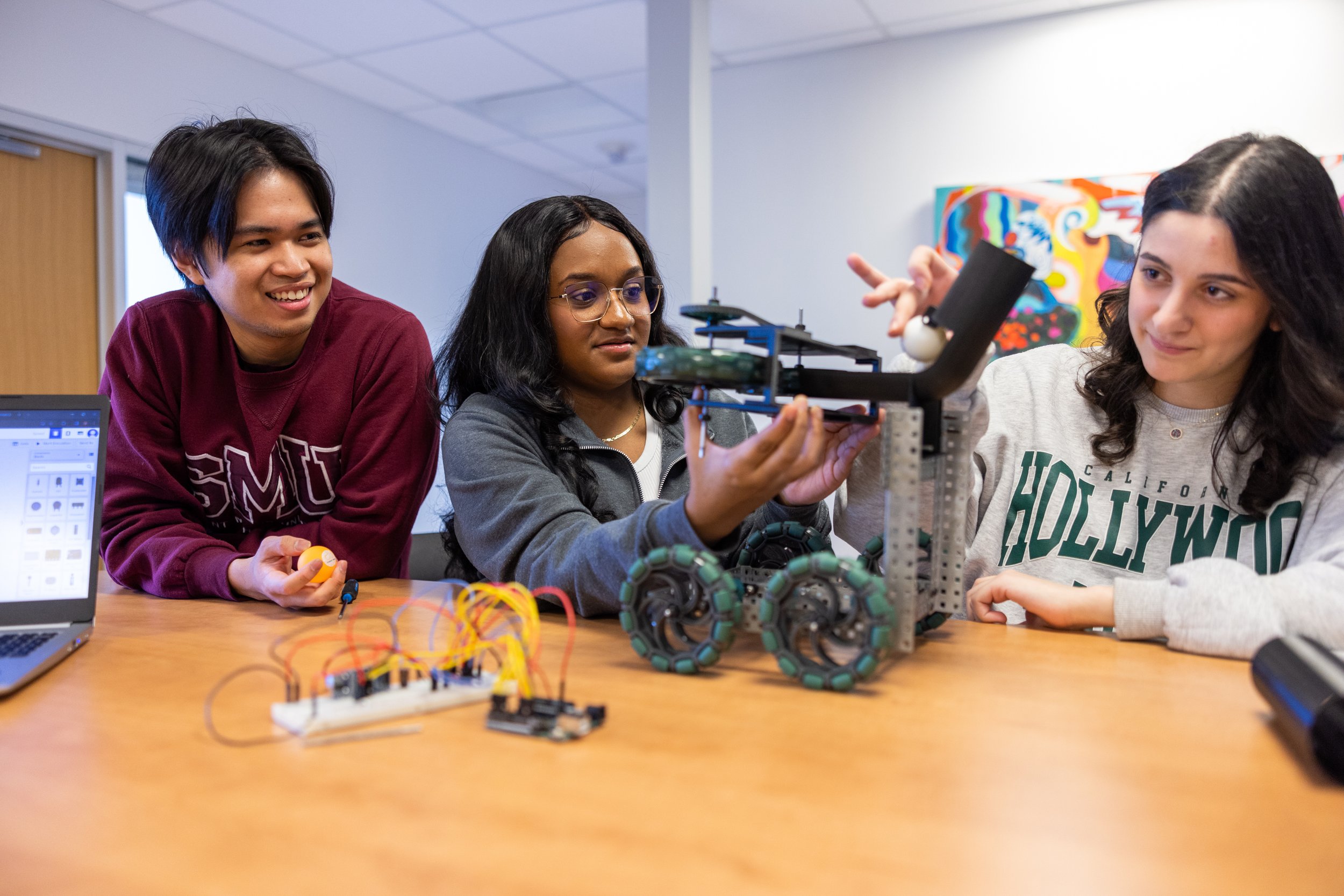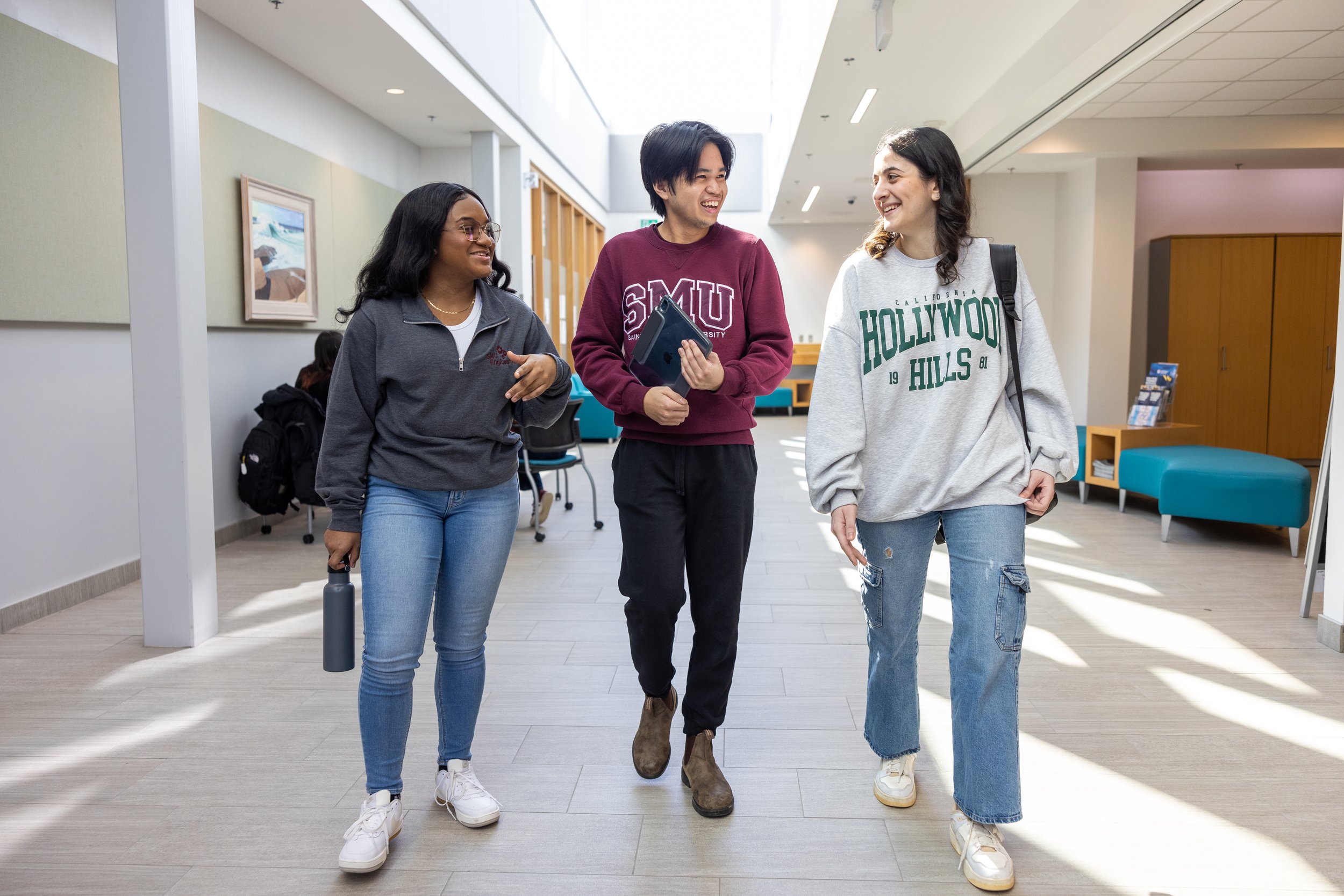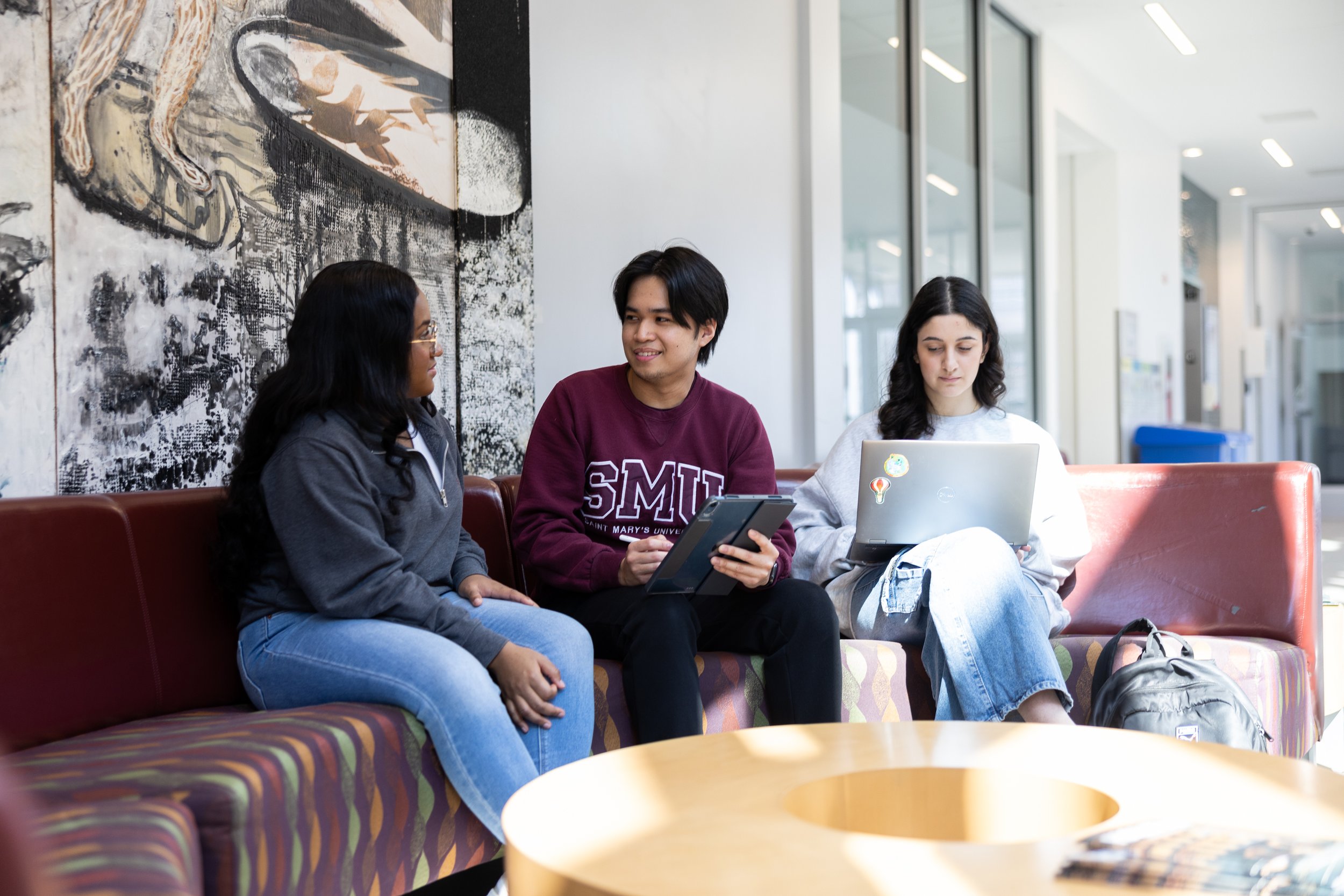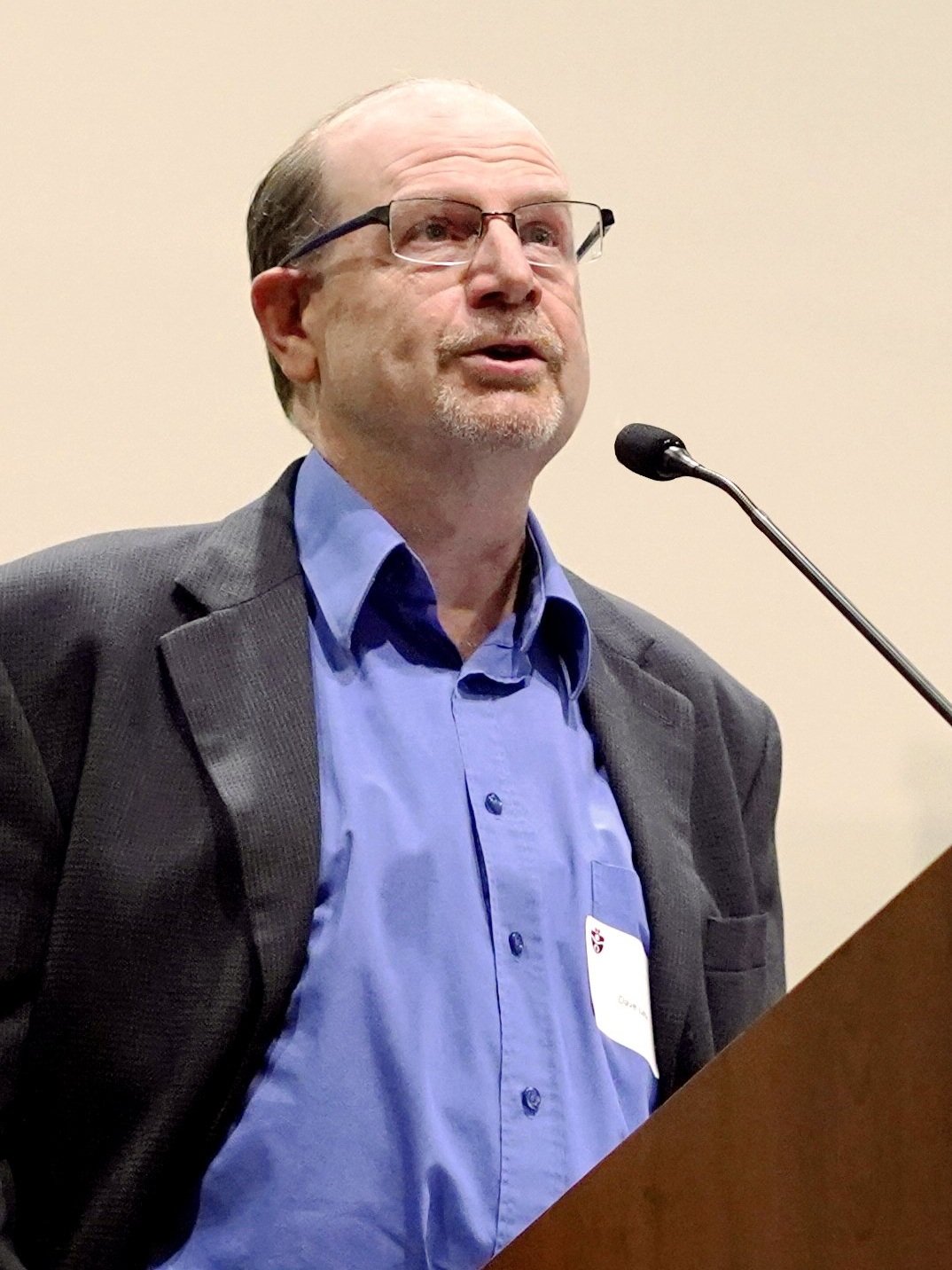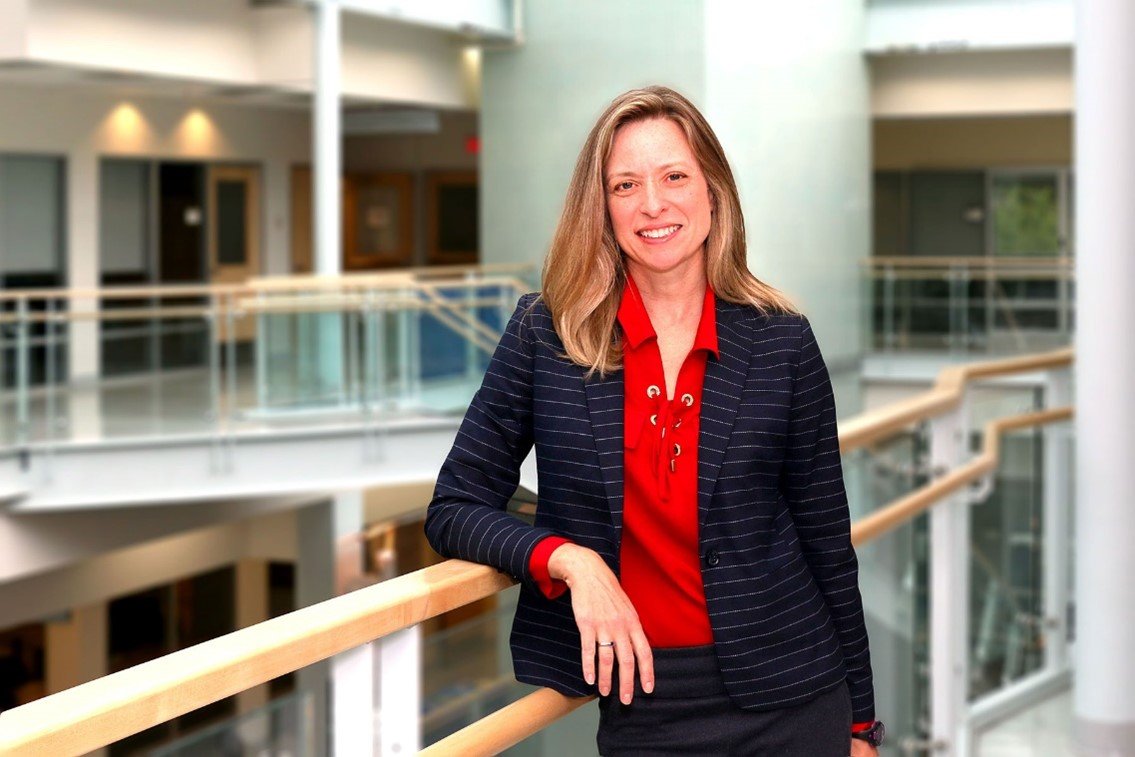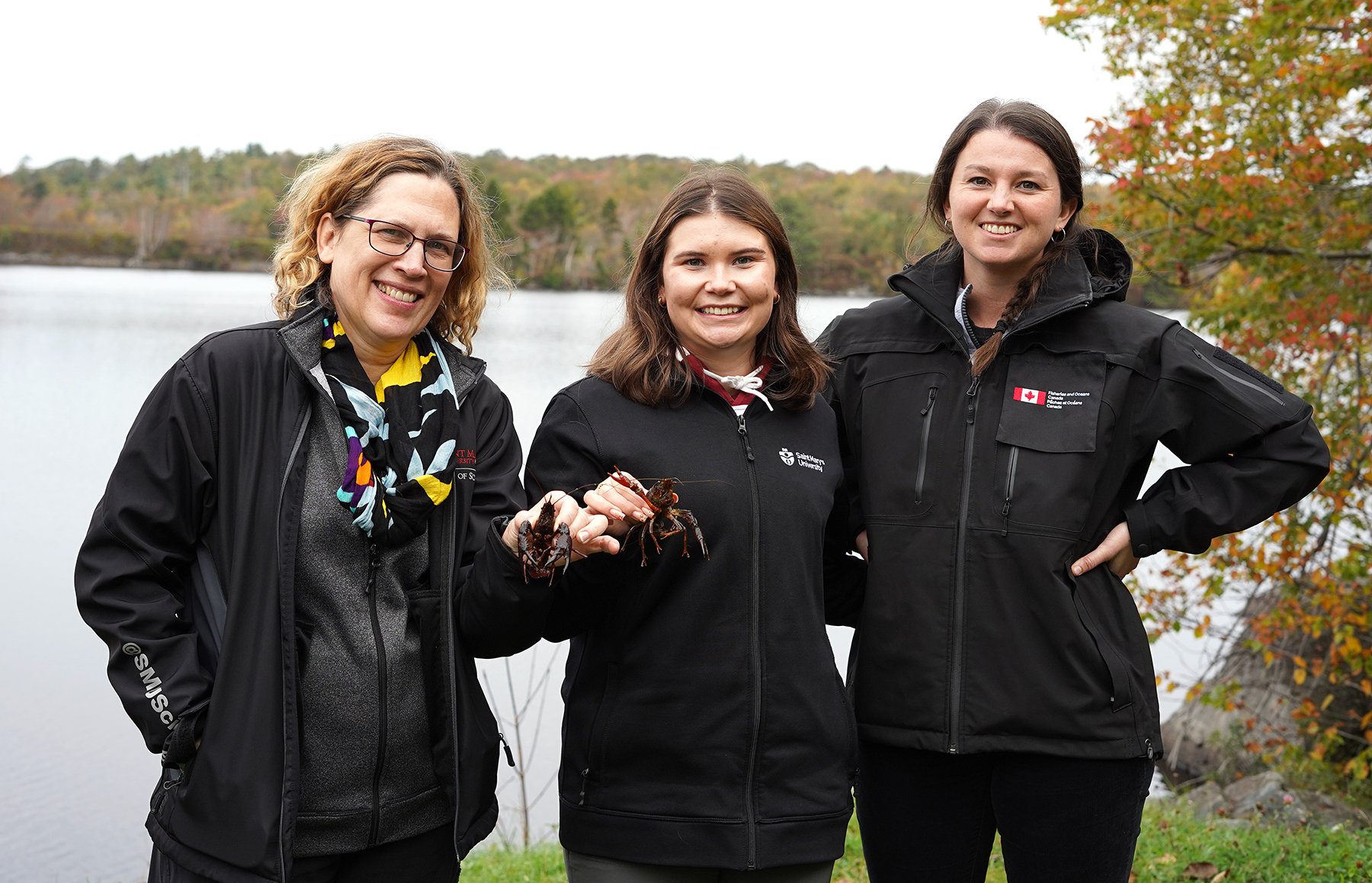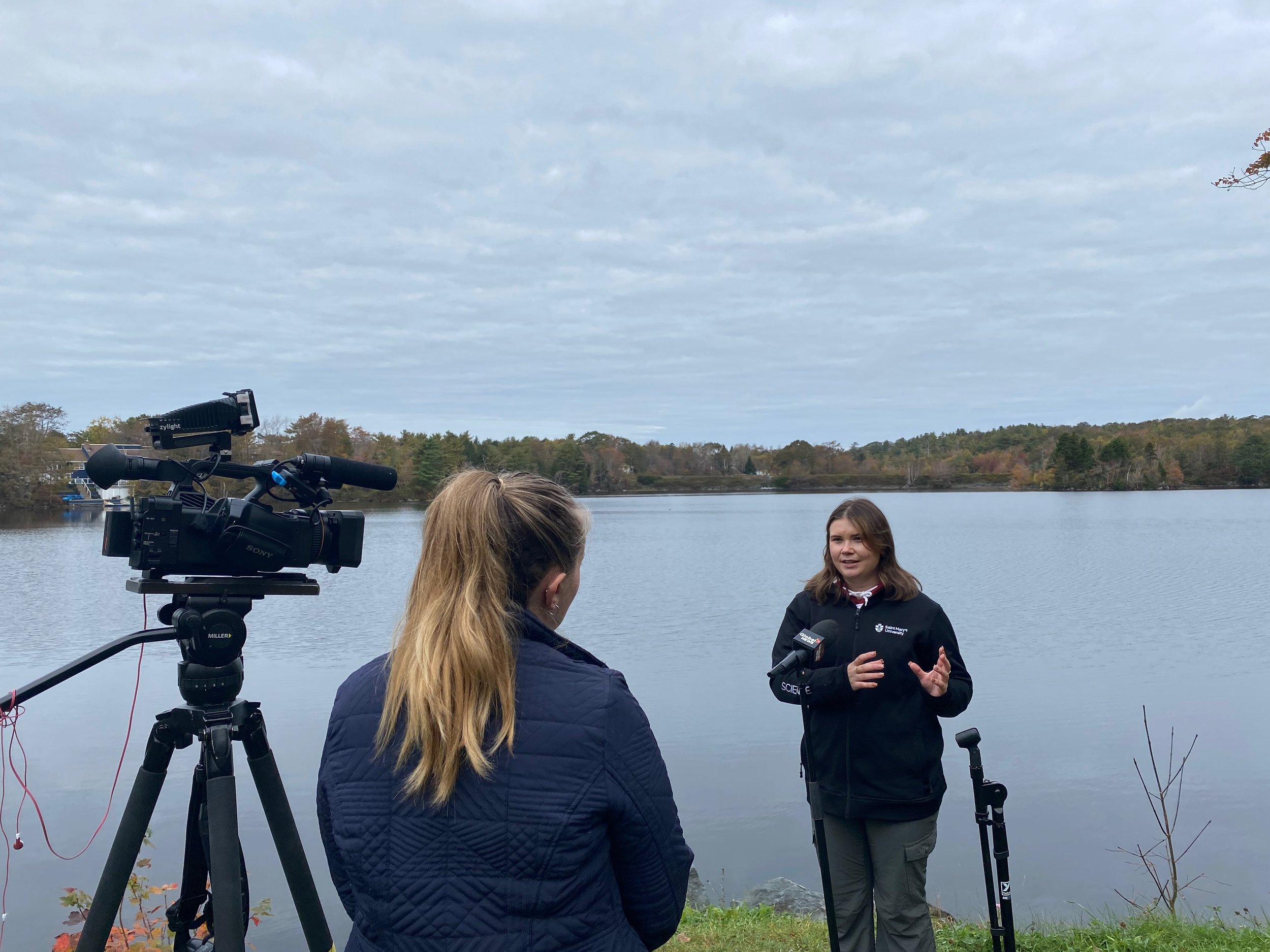Members of the Saint Mary’s community celebrated for academic achievement and leadership
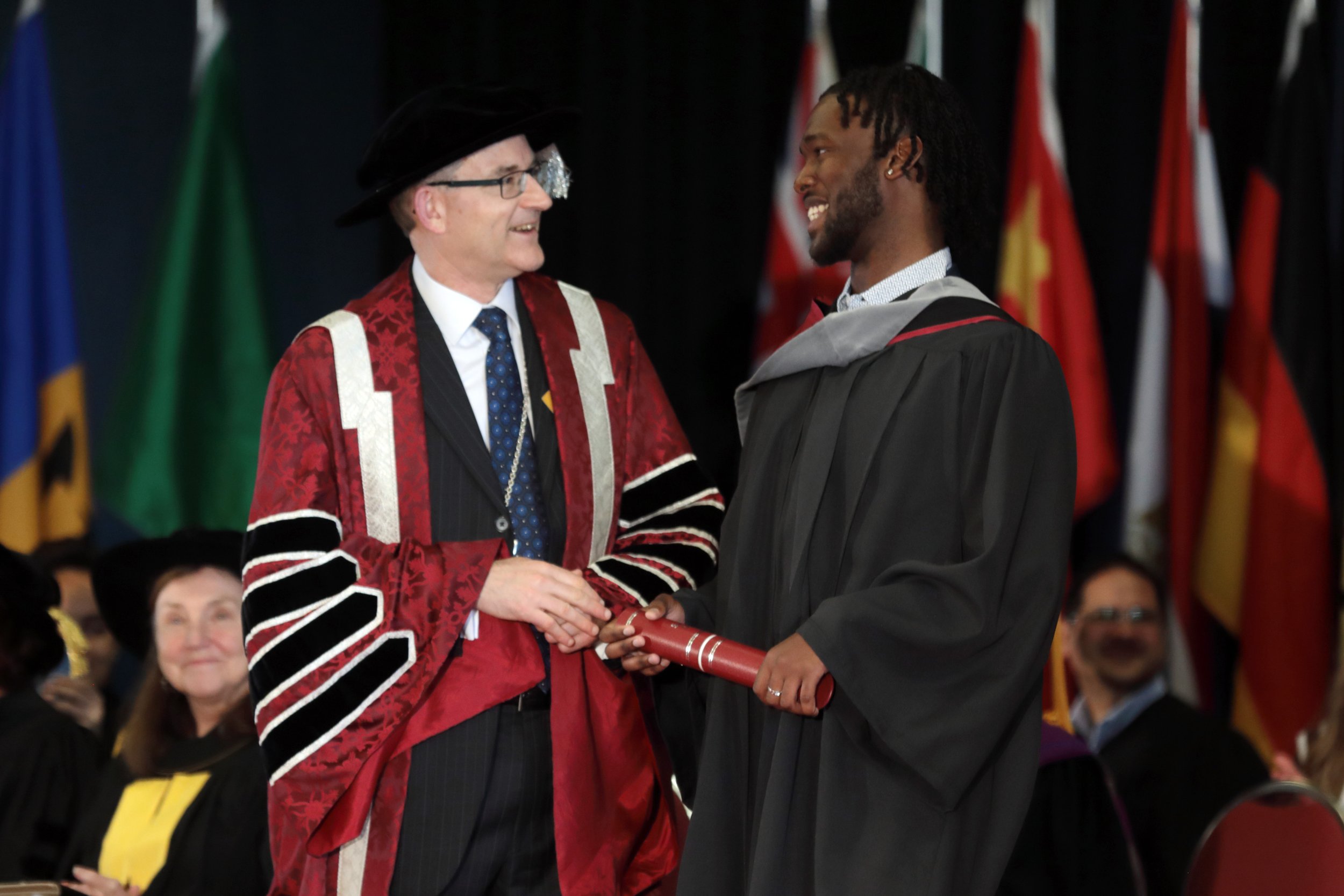
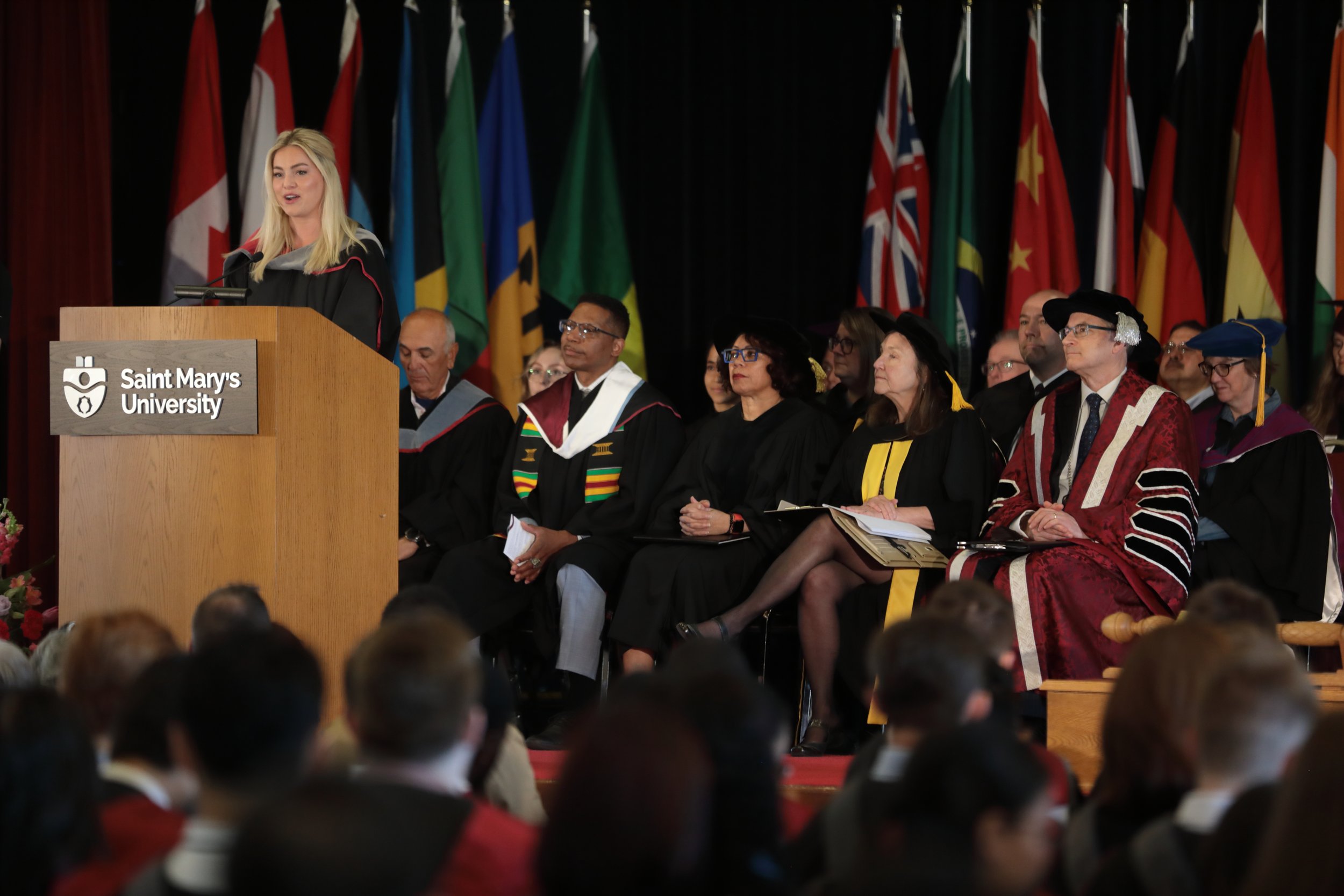
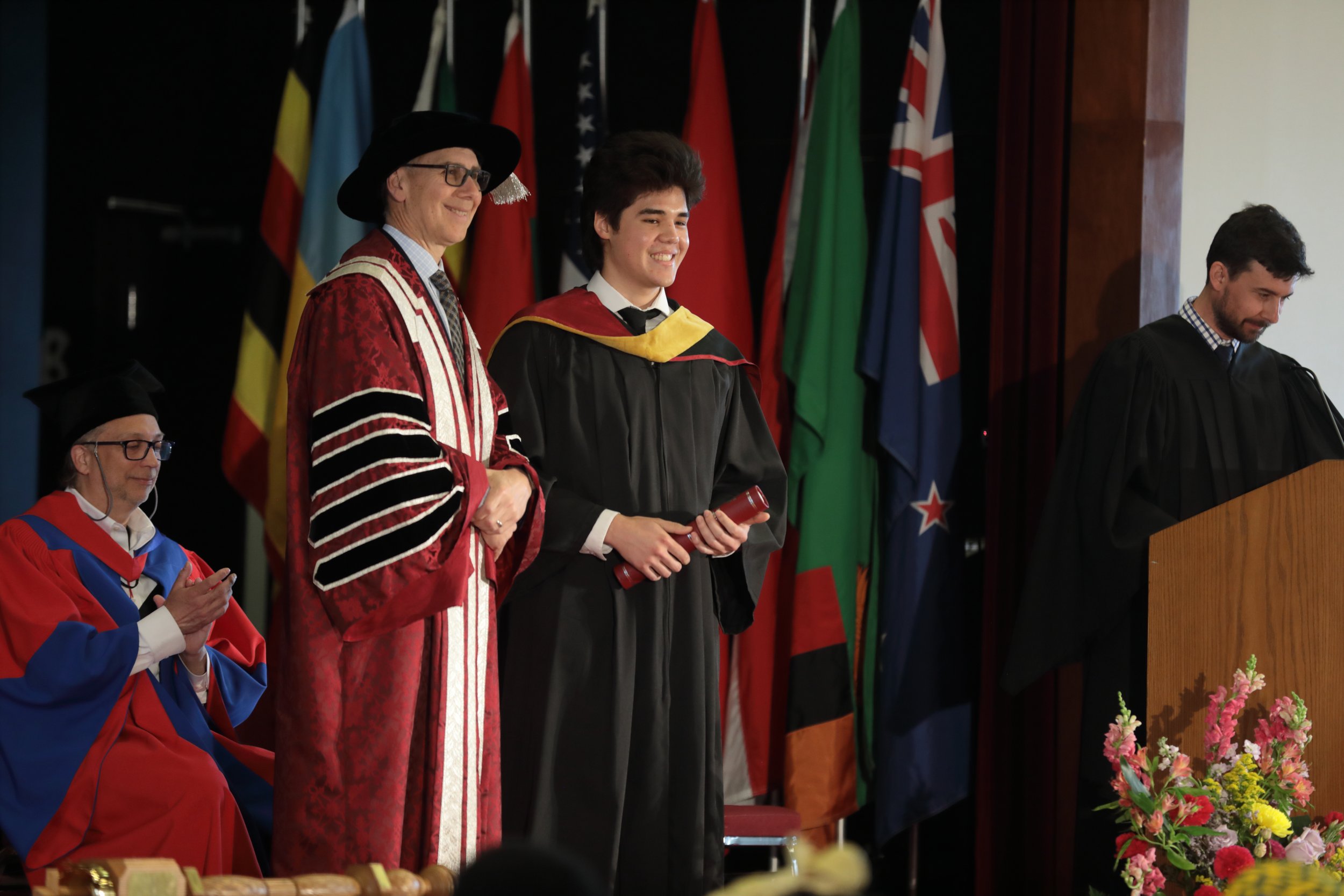
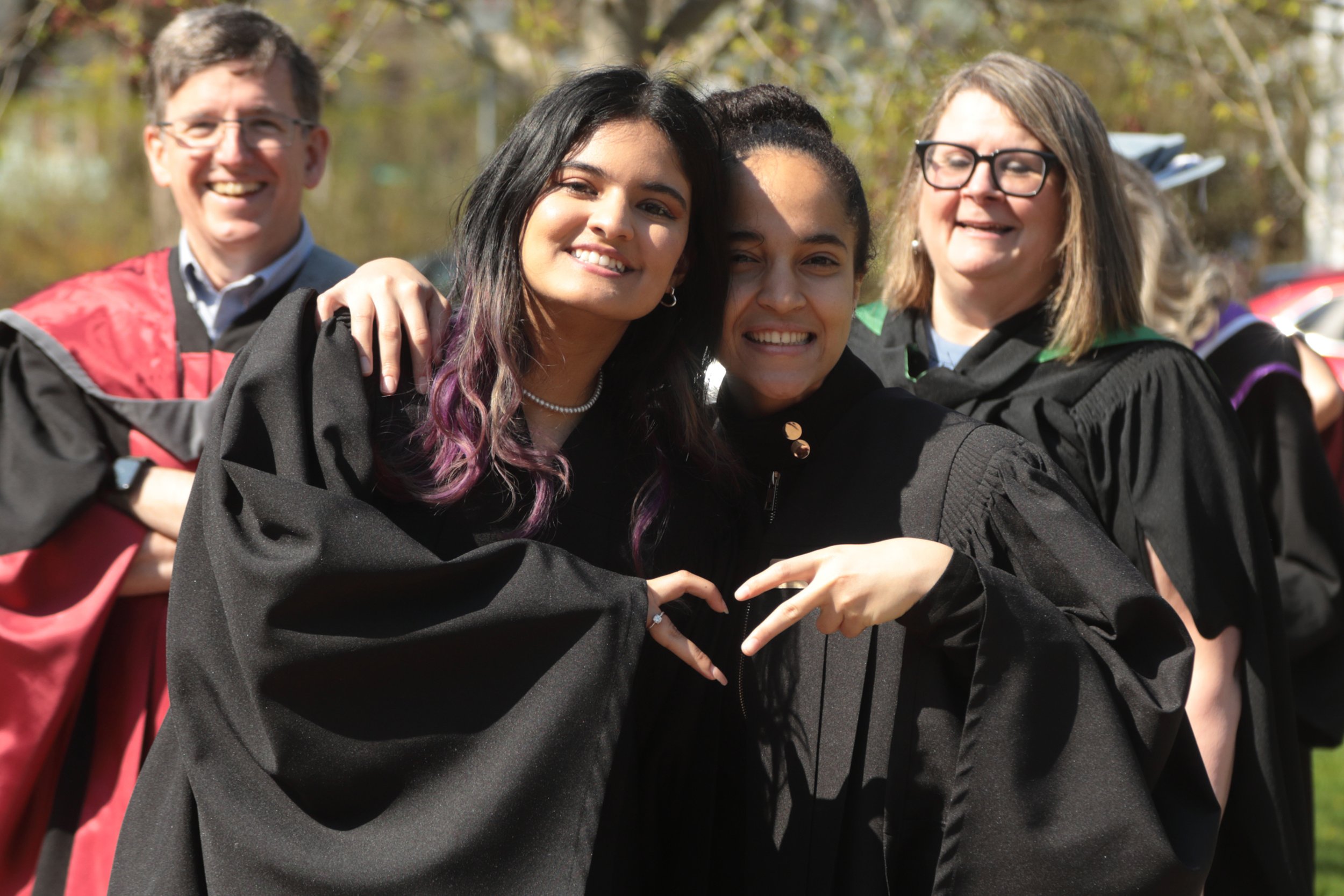

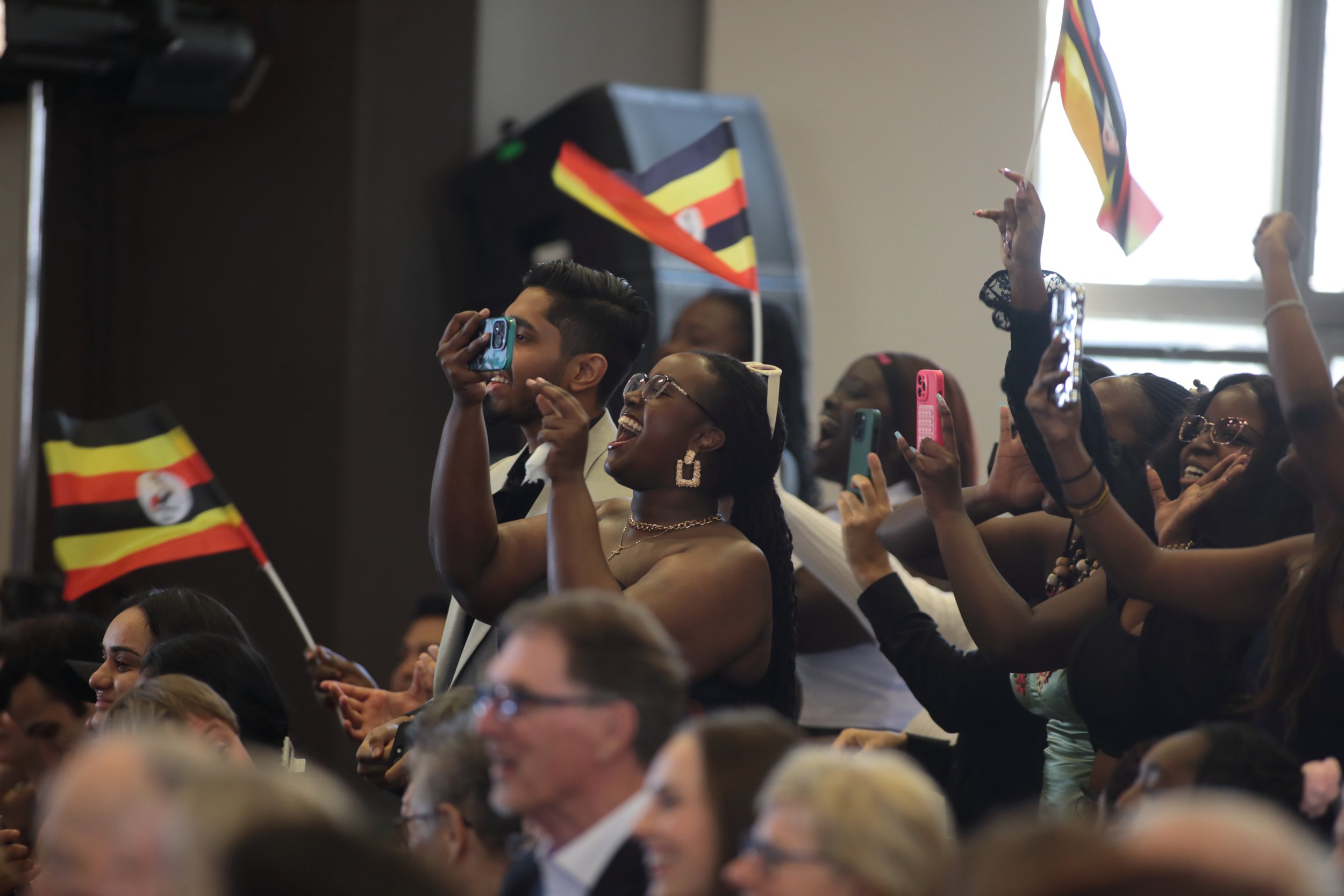
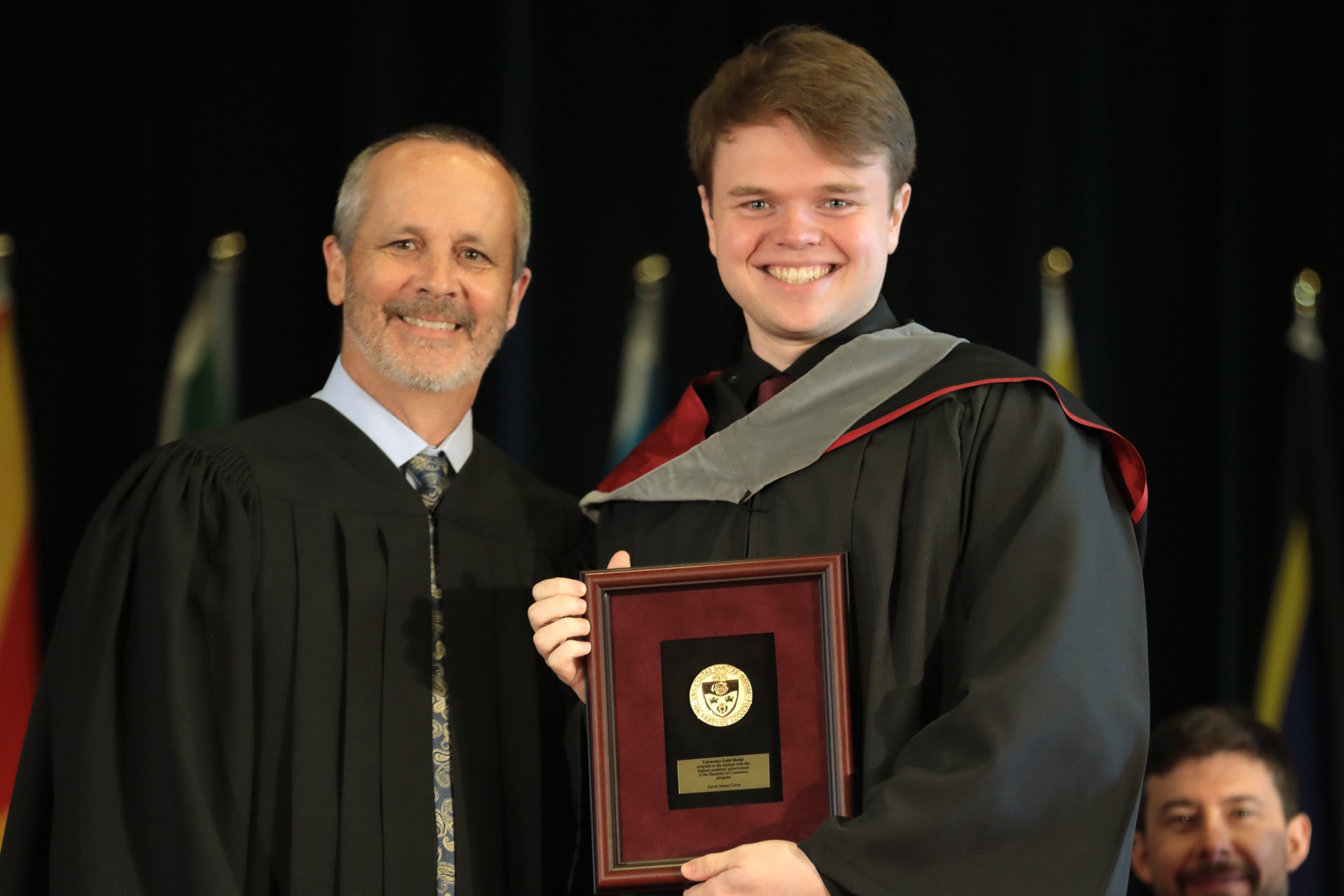
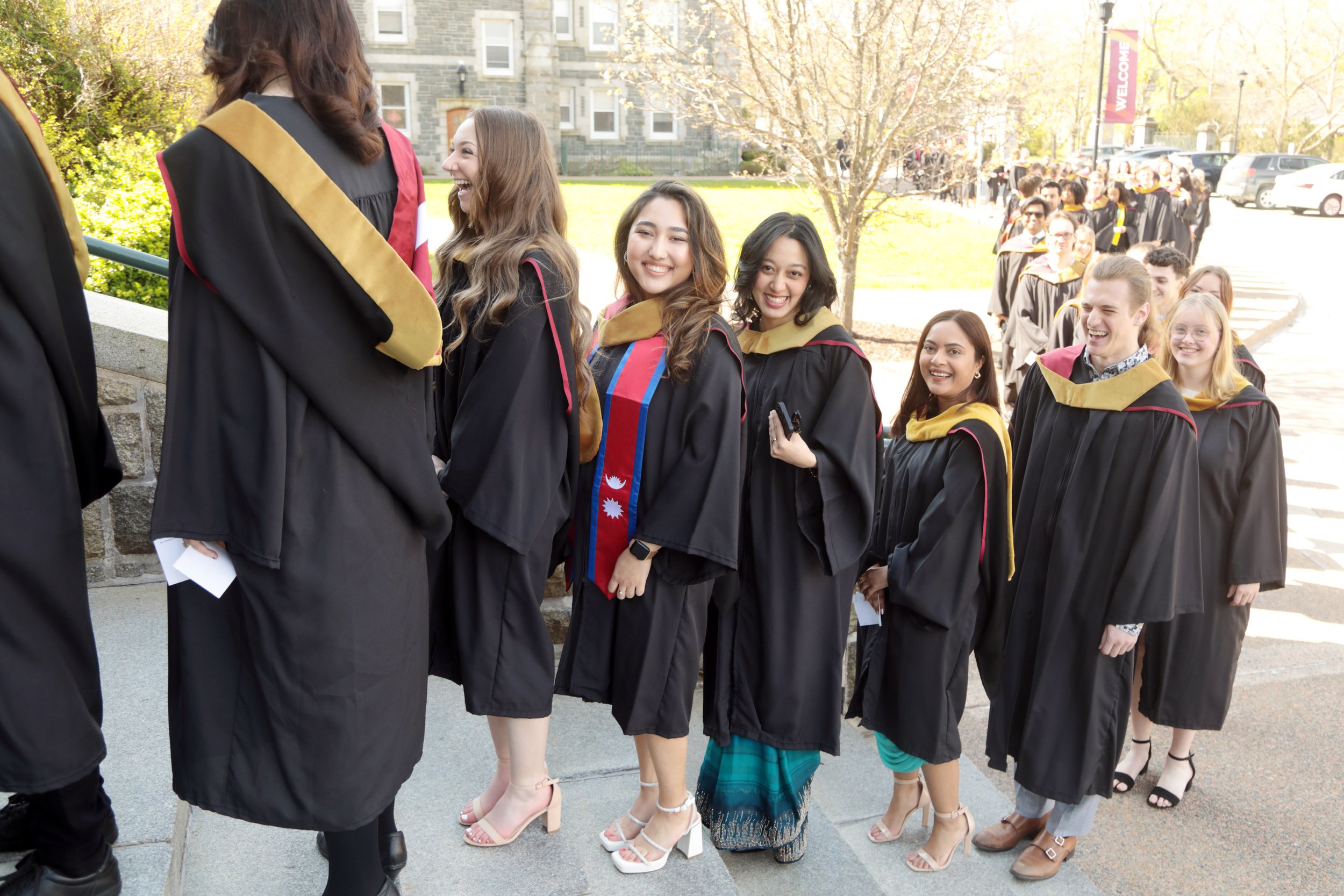
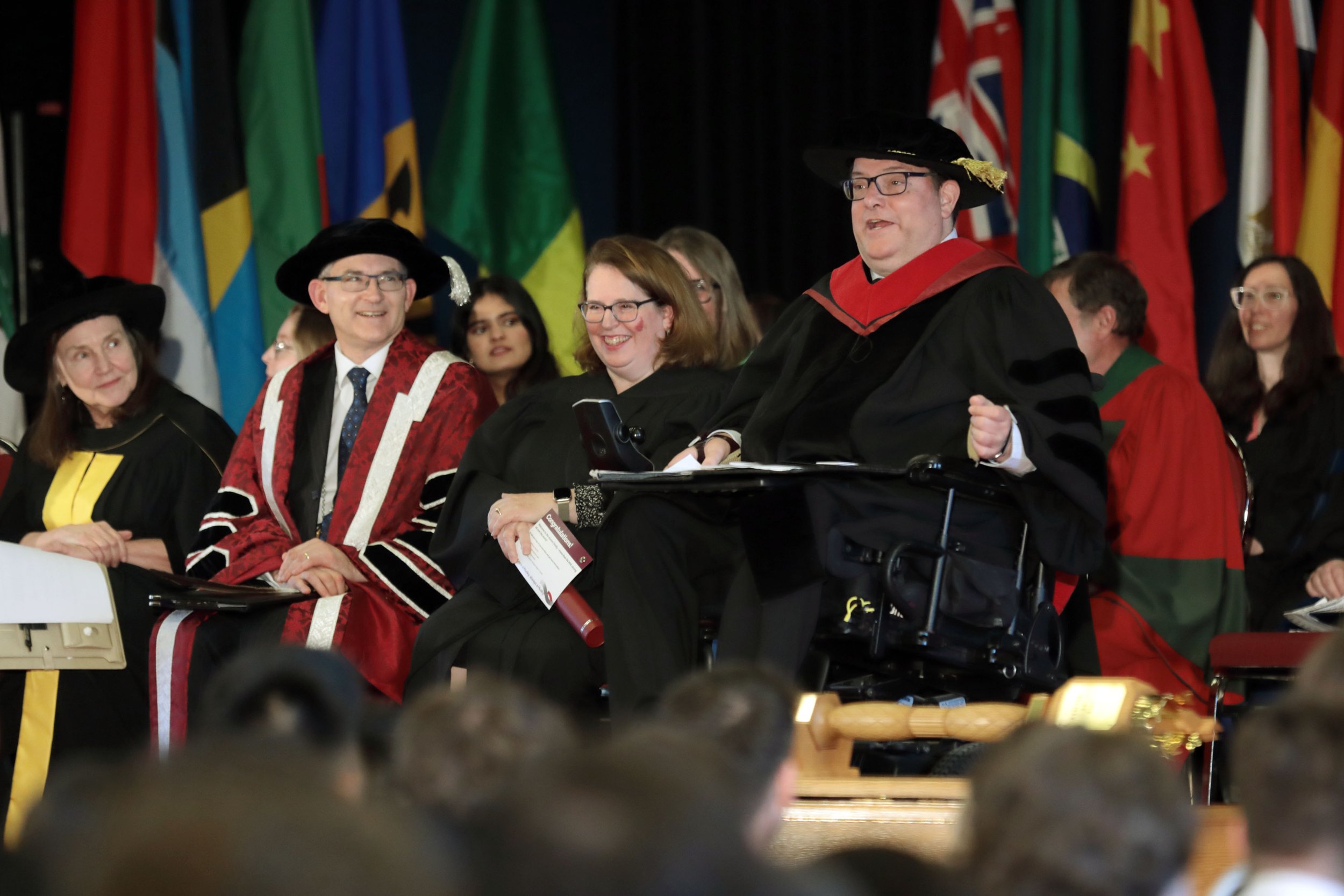
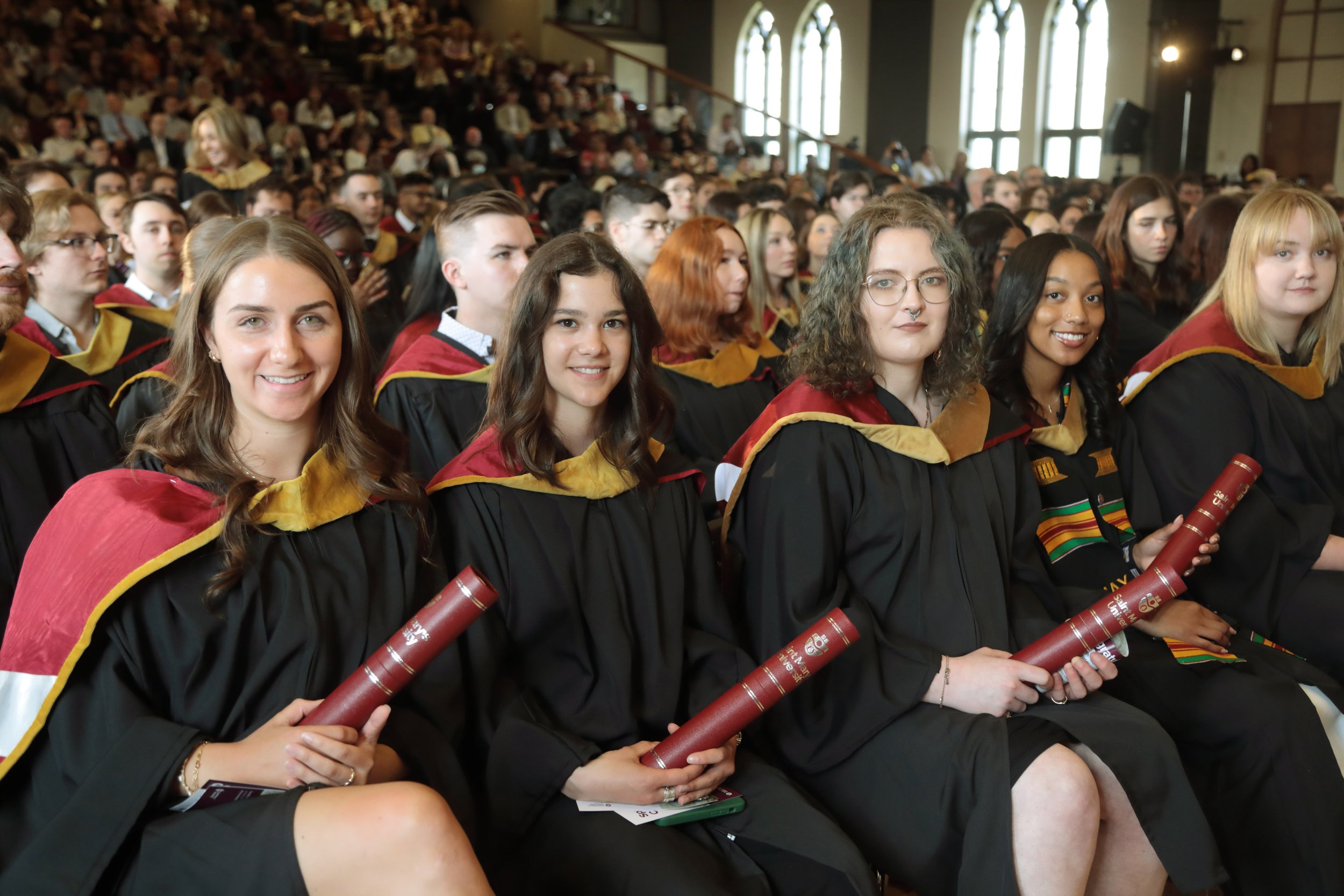
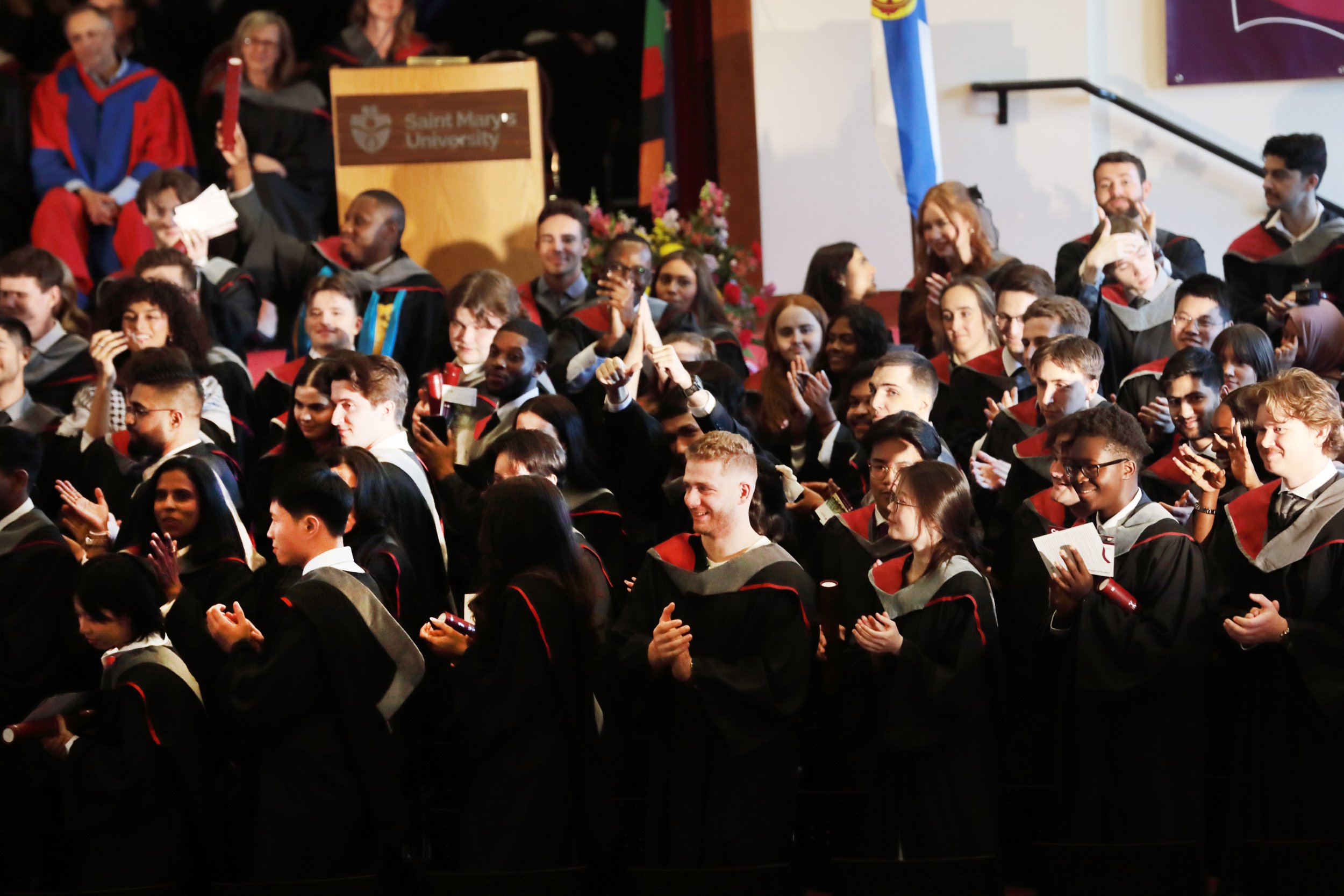
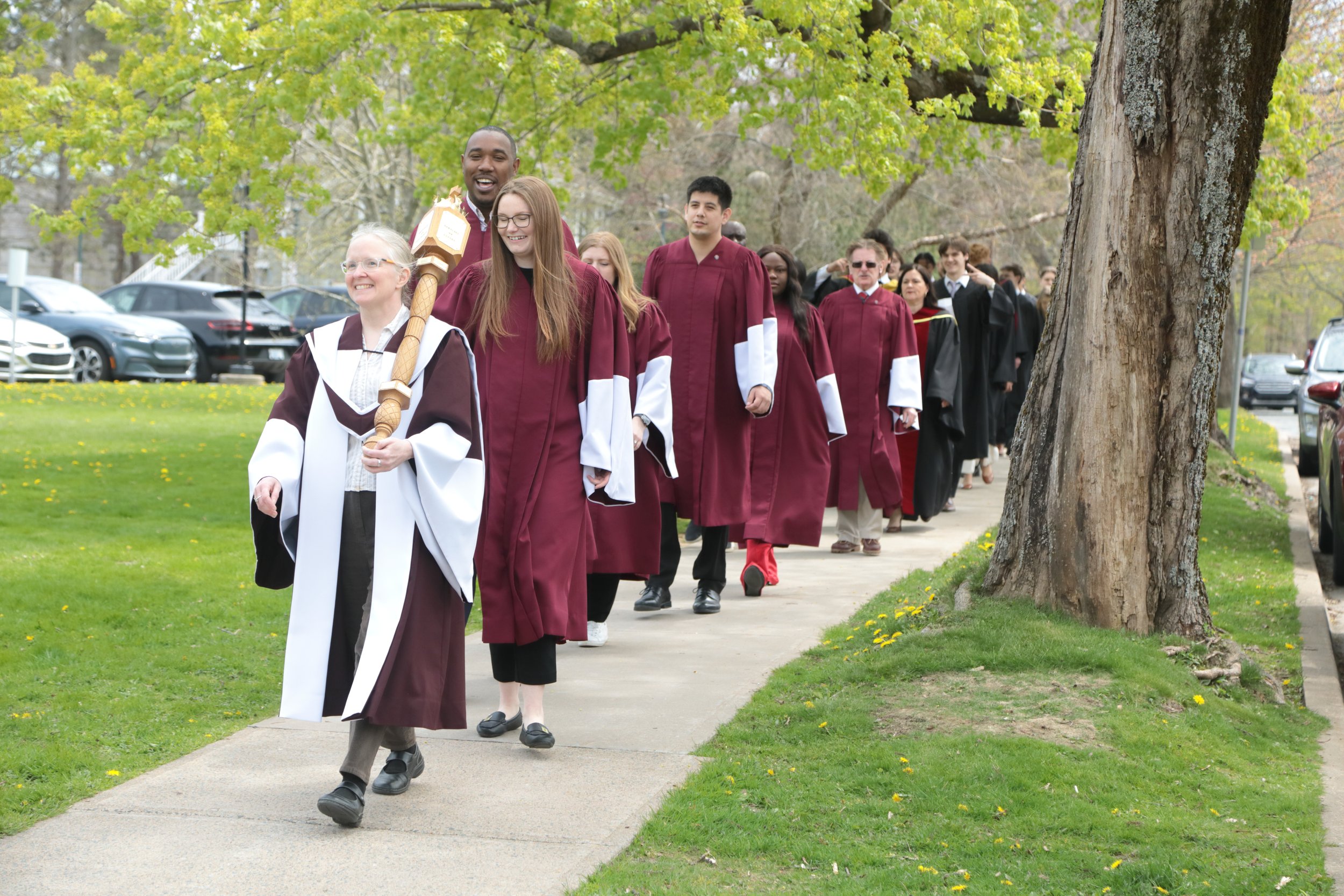

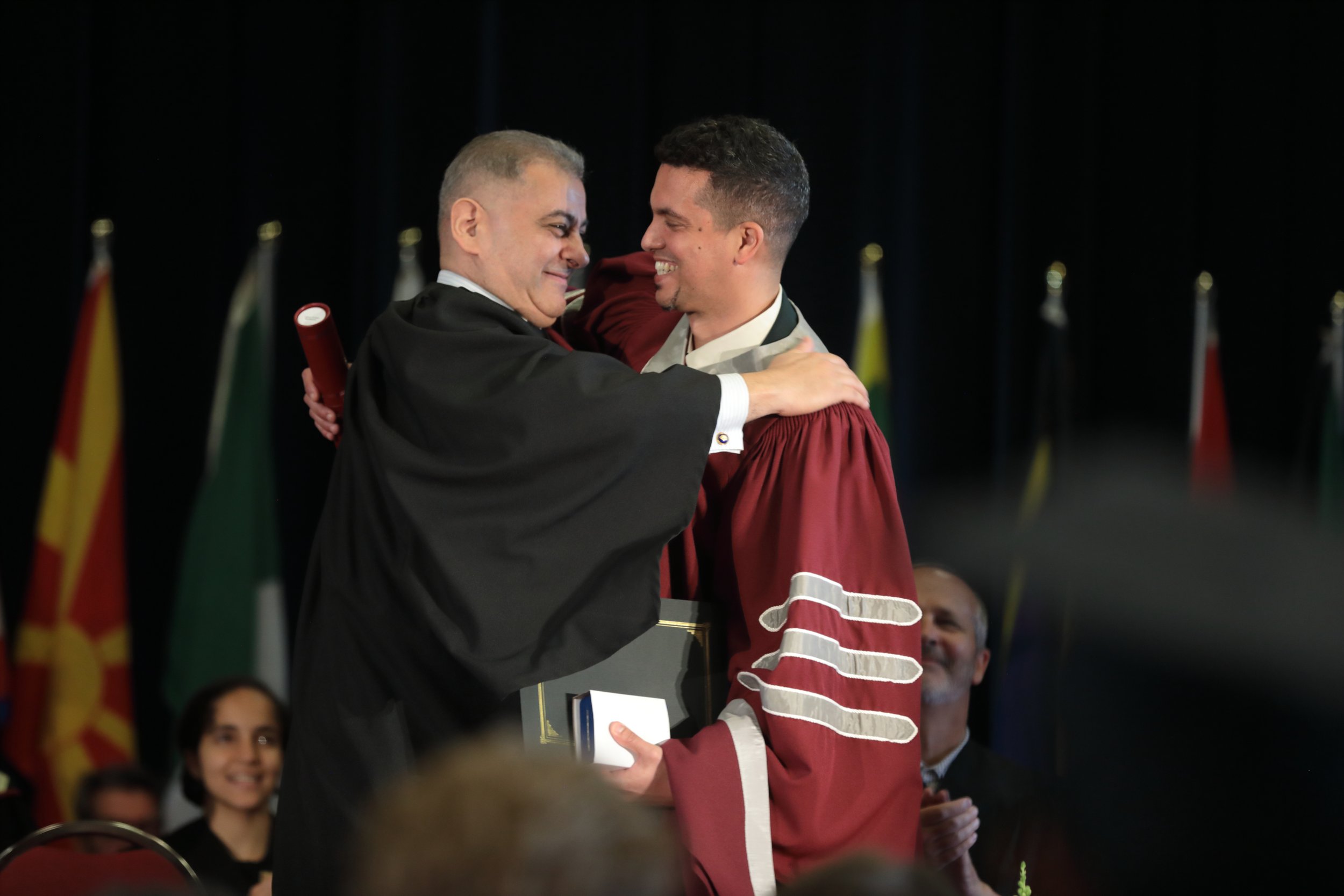
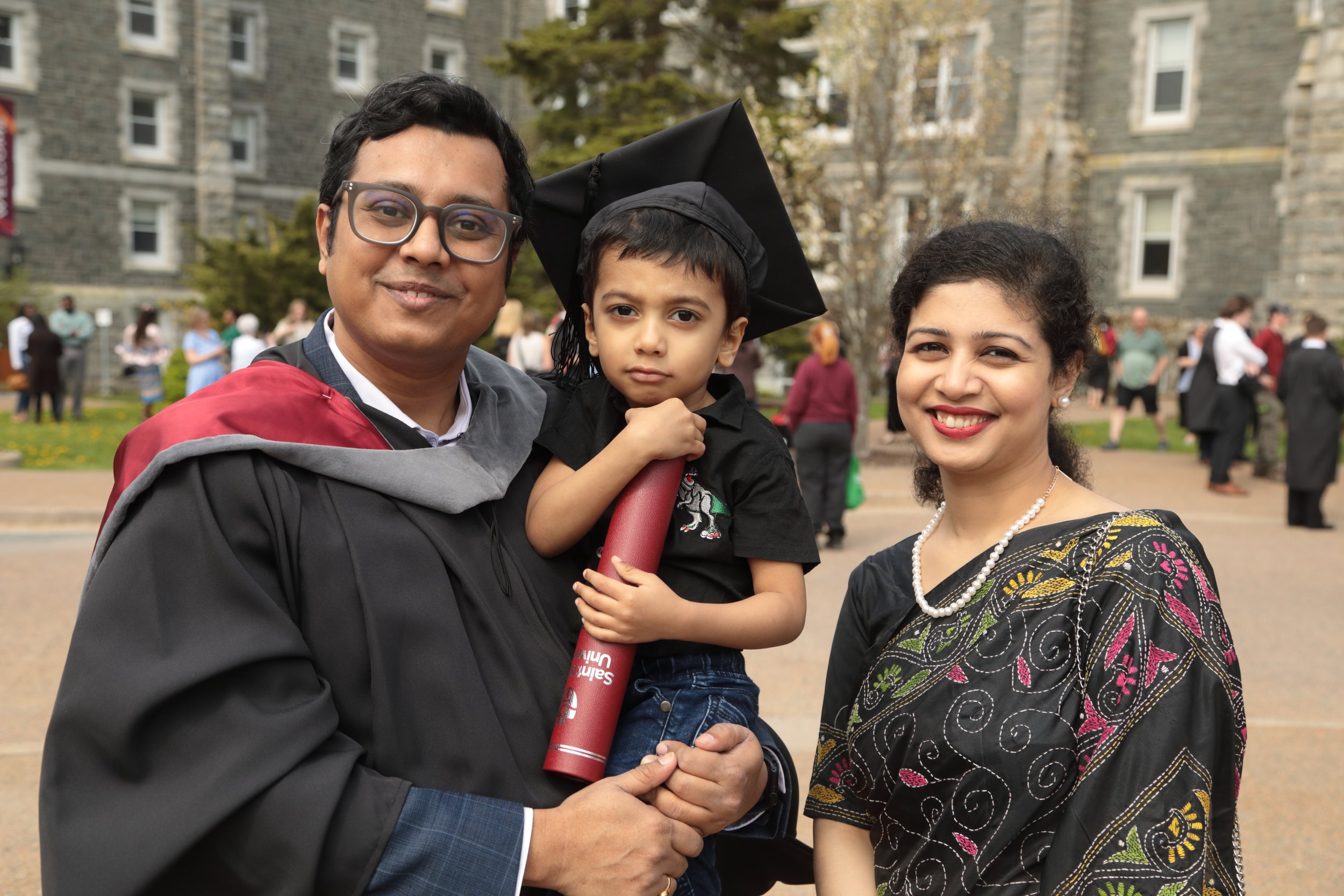
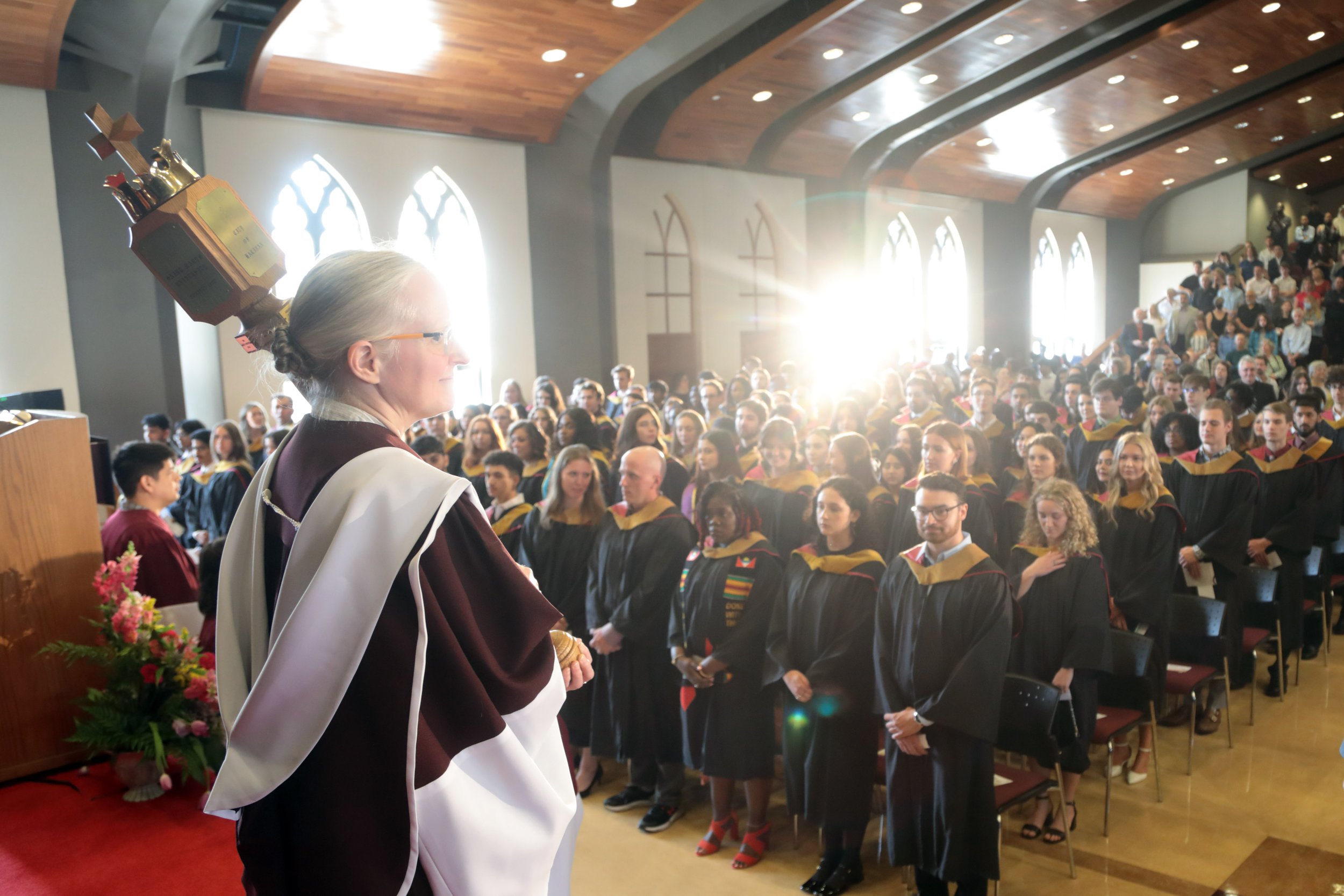
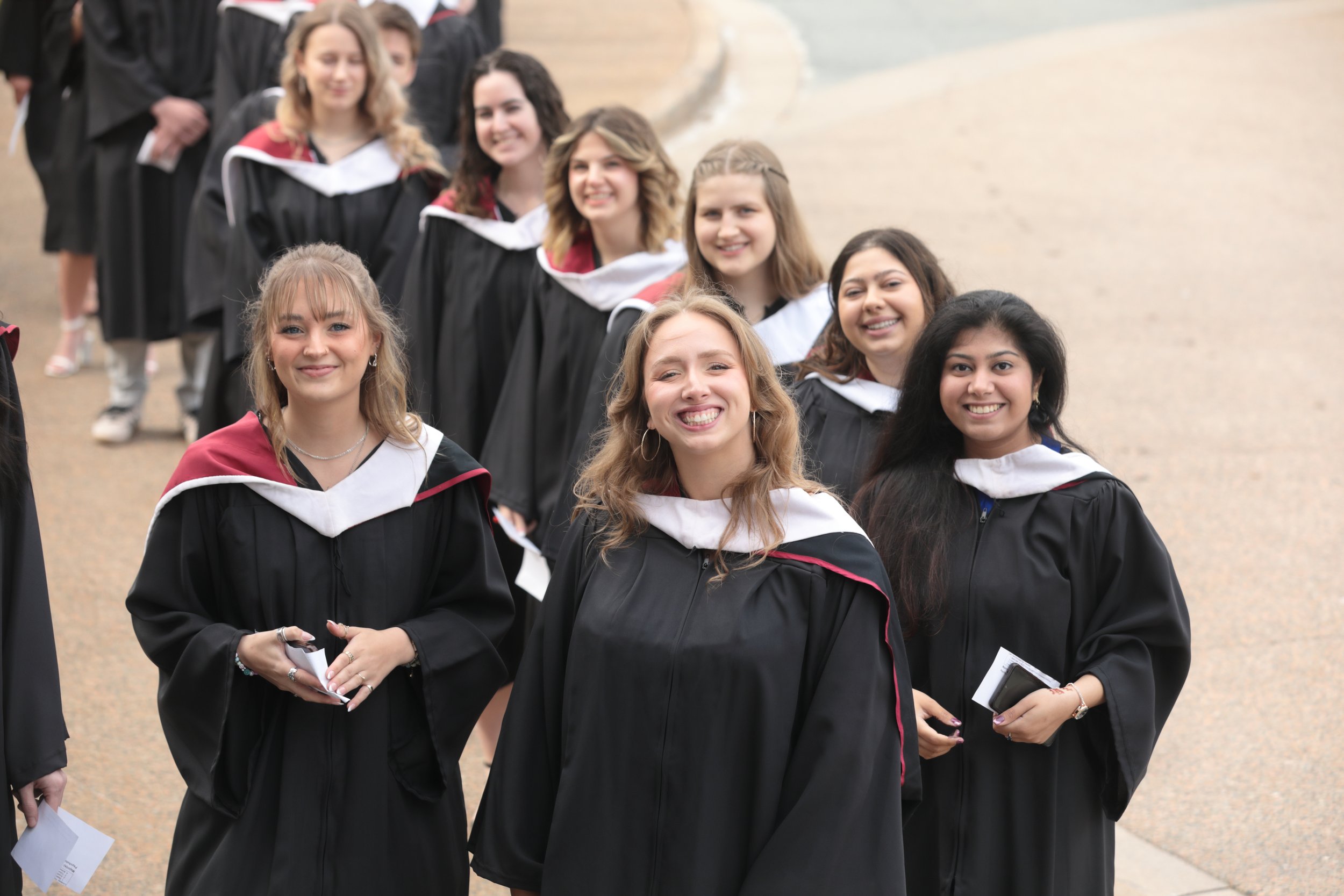
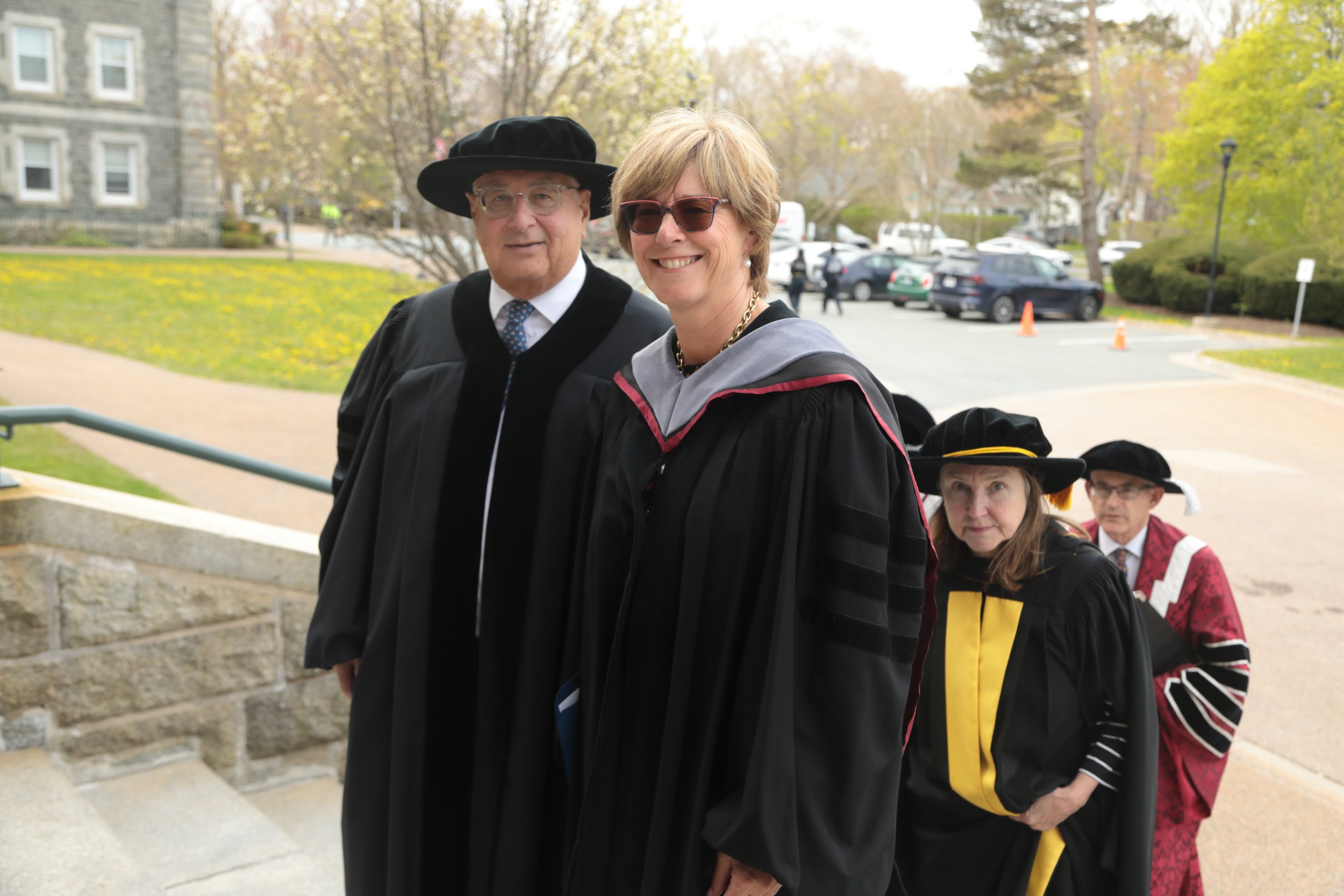

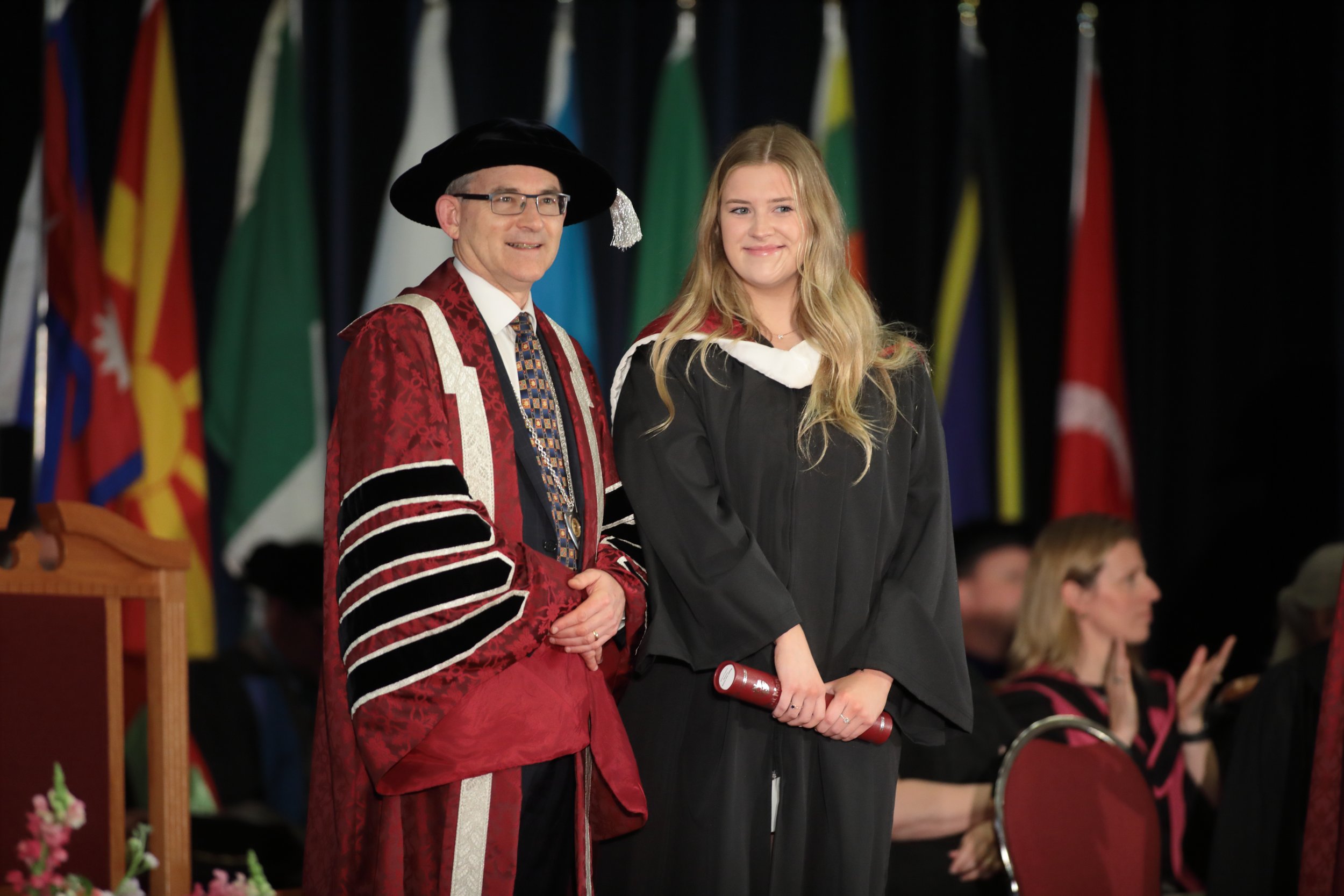
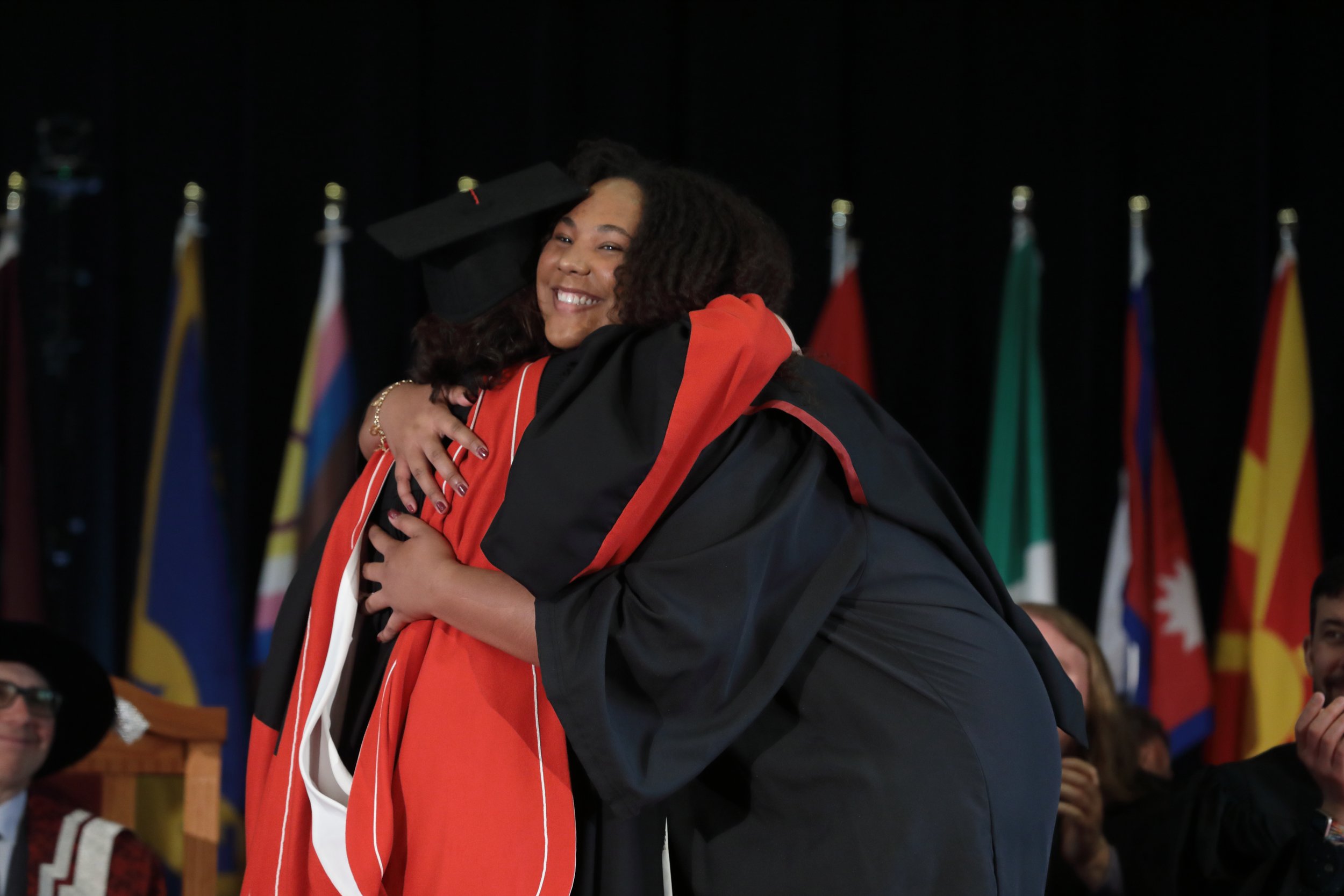
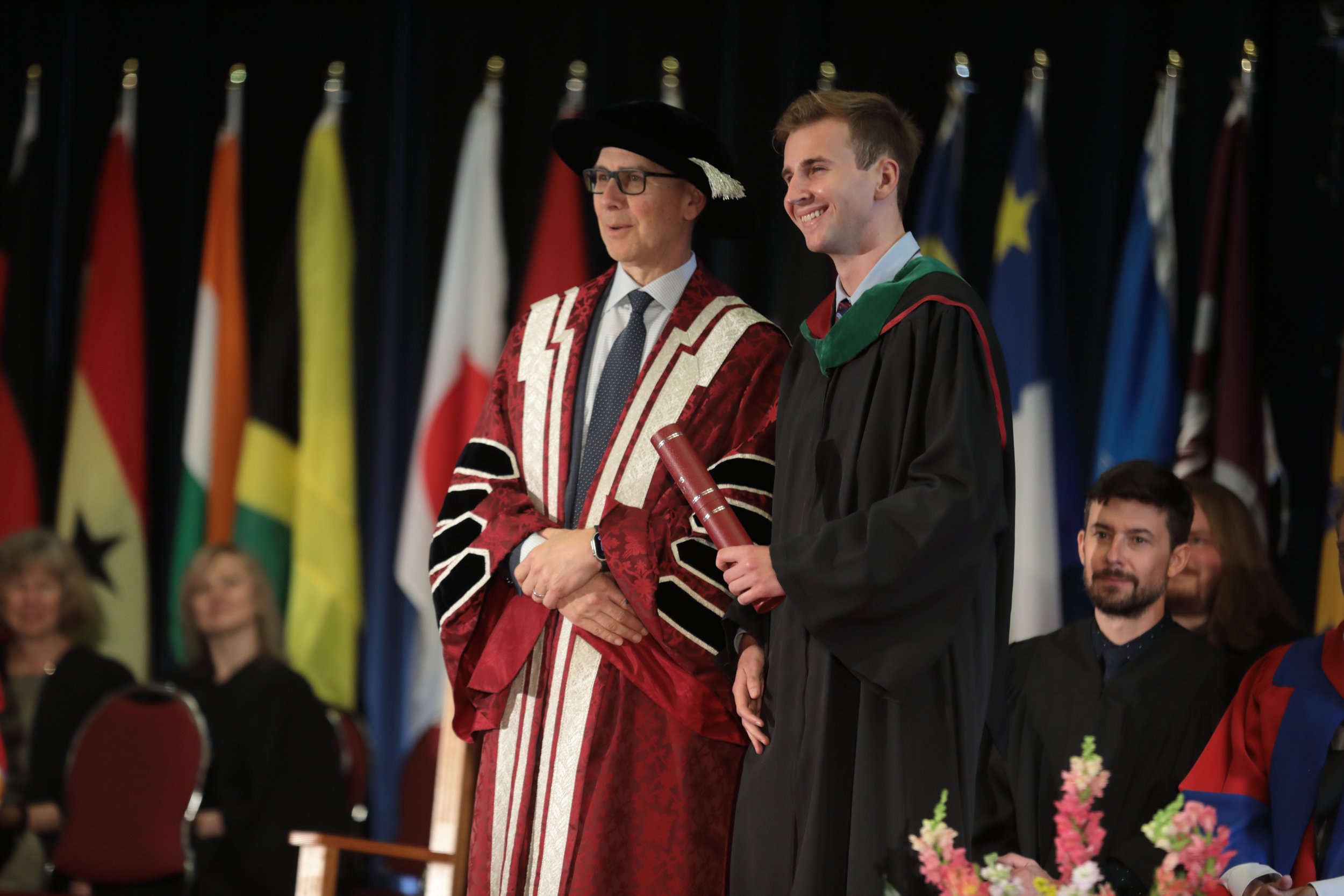

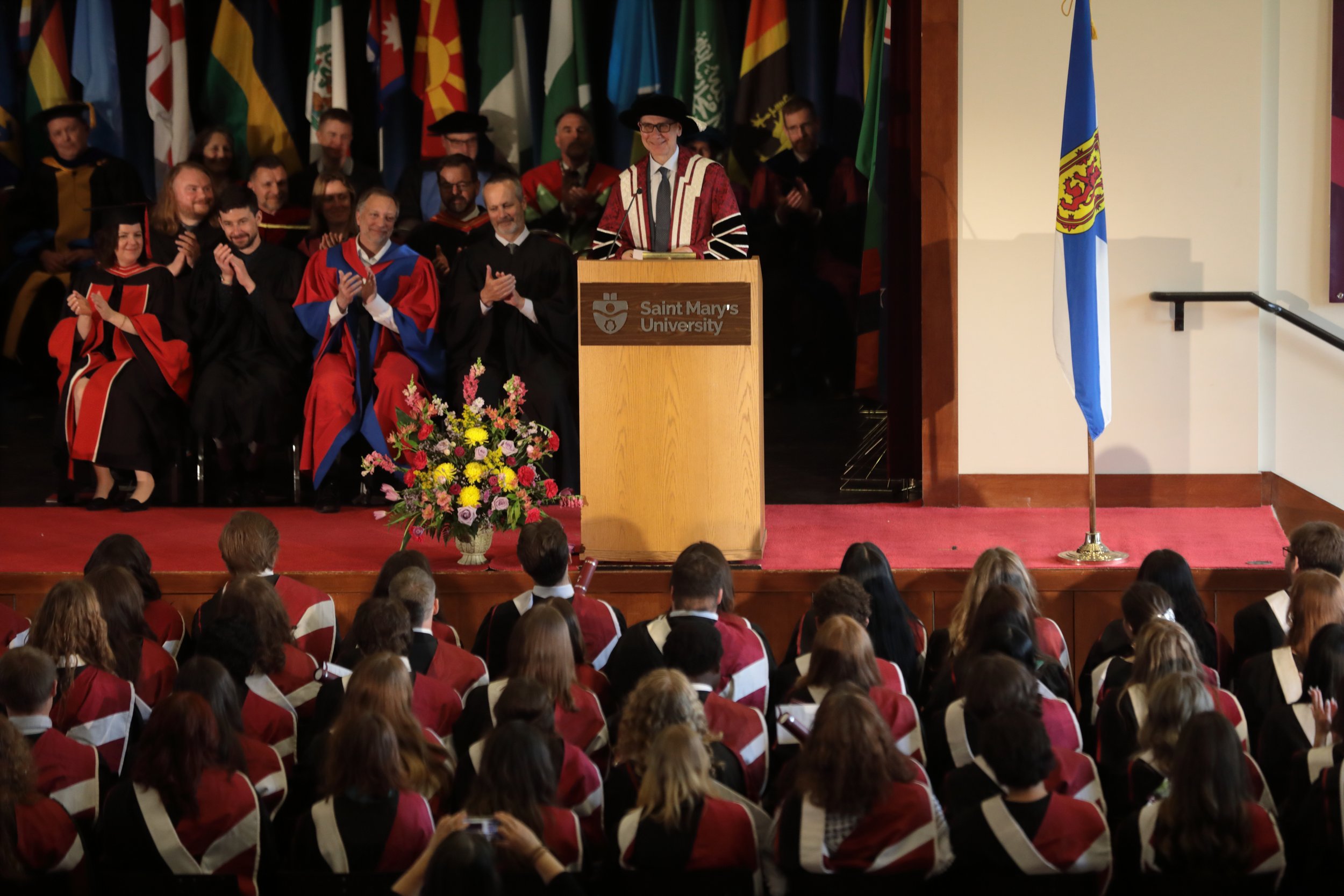
Hundreds of graduates, alongside their families, friends and SMU supporters, celebrated Spring Convocation from May 15-17, 2024. Proud new members of the SMU alumni community filled the sunny lawn of the McNally building after their ceremonies to enjoy their special day.
Among the graduates were numerous award and medal recipients recognized for their academic distinction. The convocation program lists the recipients of the Governor General’s Gold and Silver medals, along with a list of recipients of faculty, departmental and donated awards.
Meet the Valedictorians
Six valedictorians delivered heartfelt and inspiring speeches to packed auditoriums and online audiences. Read their full biographies in the convocation program and watch their speeches in the ceremony recordings.
Alexia Jo-Ann Bourgeois
Bachelor of Commerce
Born and raised in Dieppe, New Brunswick, Alexia is a proud French-Acadien. Before her time at Saint Mary’s where she majored in marketing, Alexia played varsity soccer, earned her private pilot’s license, and is a longtime member of the Rotary Club. At Saint Mary’s, Alexia founded a club called “GalPal” where a group of student innovators developed a solution to fight against gender-based violence and sexual assault on campuses.
Nyah Sahyoun
Bachelor of Commerce
Nyah was born and raised in Saint John, New Brunswick, by her Palestinian father and Saint John-native mother. After working hard in her studies and completing three co-op placements, Nyah graduated with a double major in Marketing and Human Resource Management.
Jonathan Cornelius Mansvelt
Bachelor of Science
Jonathan’s time at SMU was spent supporting students as a teaching assistant, chemistry lab demonstrator, tutor at the SNAP Centre and President of the Campus Medical Response Team. He graduated with Honours Psychology, summa cum laude, and was presented with the Governor General’s Silver Medal, given to the top undergraduate student who graduated between September 2023-May 2024.
Itai Kuwodza
Master of Arts, Atlantic Canada Studies
Itai is a two-time Saint Mary’s graduate, having previously completed her Bachelor of Arts degree. Her graduate thesis, titled Performing Diversity: Black Bodies in Atlantic Canadian Post-Secondary Institutions, was driven by a desire to understand how race permeates higher education and racialized learning. As a former SMU Husky, teaching assistant and coach, she is ready to begin her PhD studies at Acadia University.
Holly Kanyamunyu
Bachelor of Arts
Born in London, England, Holly’s family relocated to Halifax when she was four years old, where they lived on campus while her mother pursued her MBA at the Sobey School of Business. Her love for SMU led her to work with the Recruitment team. She also researched in the Dean of Science lab and helped to lead the African Student Society as Creative Director. She graduates with a major in Psychology and a minor in General Business.
Madison Vanderlinden
Bachelor of Arts
From Cole Harbour, NS, Maddie graduated with a double major in French and Intercultural Studies, complemented by a minor in Asian Studies. With a passion for global learning and outreach, Maddie spent her time at Saint Mary’s supporting incoming international and exchage students, volunteering and working with Students Acting for Global Awareness (SAGA) and the Global Learning & Intercultural Support Office.
Teaching excellence
Dr. Margaret McKee
Faculty were among those recognized during Convocation for their service to the Saint Mary’s community and their innovations in teaching and learning. Dr. Margaret McKee, Associate Professor of Management and Associate Dean of Undergraduate and Professional Graduate Programs within the Sobey School of Business, was awarded the Geraldine Thomas Education Leadership Award for her sustained commitment to fostering transformative learning environments grounded in principles of inclusivity, sustainability, and ethical leadership.
Dr. Valerie Creelman
Members of the alumni community acknowledged Dr. Valerie Creelman, Professor of Communication within the Department of Marketing and Communication at the Sobey School of Business, with the Father William A. Stewart, S.J. Medal for Excellence in Teaching. Students consistently praised the active, experiential, and applied learning environment she creates in her classes and her deep respect for diverse student learning needs.
Dr. David Wicks, retired Professor of Management and former Dean of the Sobey School of Business, was awarded Professor Emeritus status at Spring Convocation.
Honorary Degrees
Four people were recognized for their commitment to advocacy, diplomacy, education and community engagement and were granted honorary degrees at Spring Convocation.
Kevin Murphy BComm’92
A self-described “serial entrepreneur,” Kevin Murphy boasts extensive business experience alongside his important work in disability advocacy As the Senior Parliamentary Speaker in Canada, Murphy founded and served as the first Chairperson of the Commonwealth Parliamentarians with Disabilities Network in 2019. Read more.
Donica Pottie BA’85
Her remarkable journey from a Saint Mary’s graduate to a Canadian ambassador exemplifies resilience, dedication and global citizenship. Pottie’s advocacy as a diplomat extends beyond borders in her support of human security, women’s rights and the rights of the LGBTQIA+ community, which she has publicly defended in countries where these rights are restricted. Read more.
Lawrence (Larry) Freeman, K.C.
As a partner at Stewart McKelvey law firm, Larry Freeman has provided counsel to clients for over 40 years. He has been deeply involved in several community organizations, notably serving as a member of the Saint Mary’s University Board of Governors in 2008 and Board Chair from 2019-2022. Read more.
Karen Hudson
Local educator and community leader Karen Hudson brings an innovative approach to her role as Principal of Auburn Drive High School. In 2018, she pioneered the first Africentric Cohort in math and literacy within a public school. This groundbreaking initiative aimed to empower students by infusing Afrocentric concepts into the curriculum. Read more.
Congratulations graduates! Visit smu.ca/graduation for more information, links to the convocation program and recorded ceremonies. Browse the full convocation photo album here.










